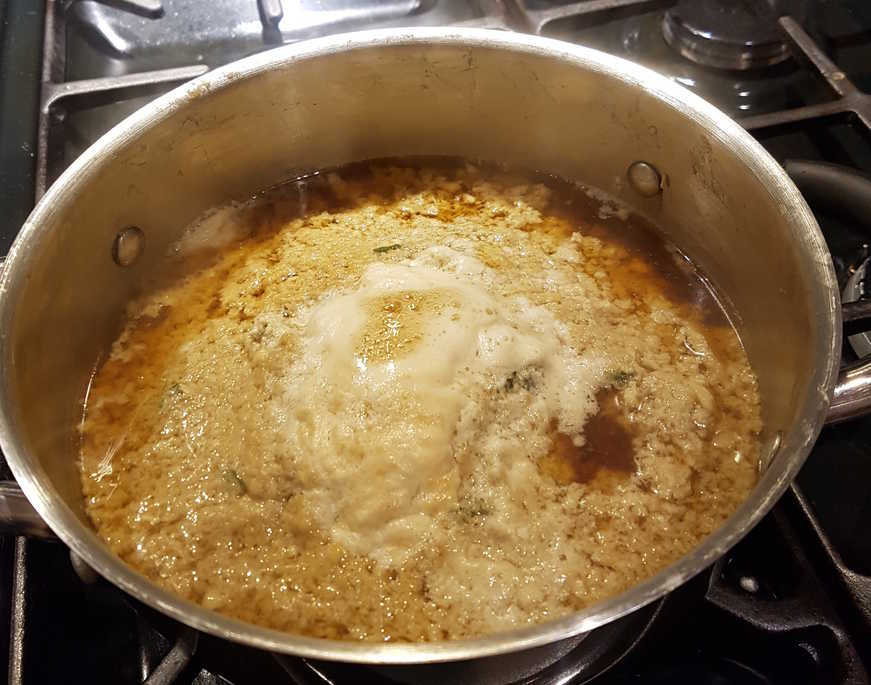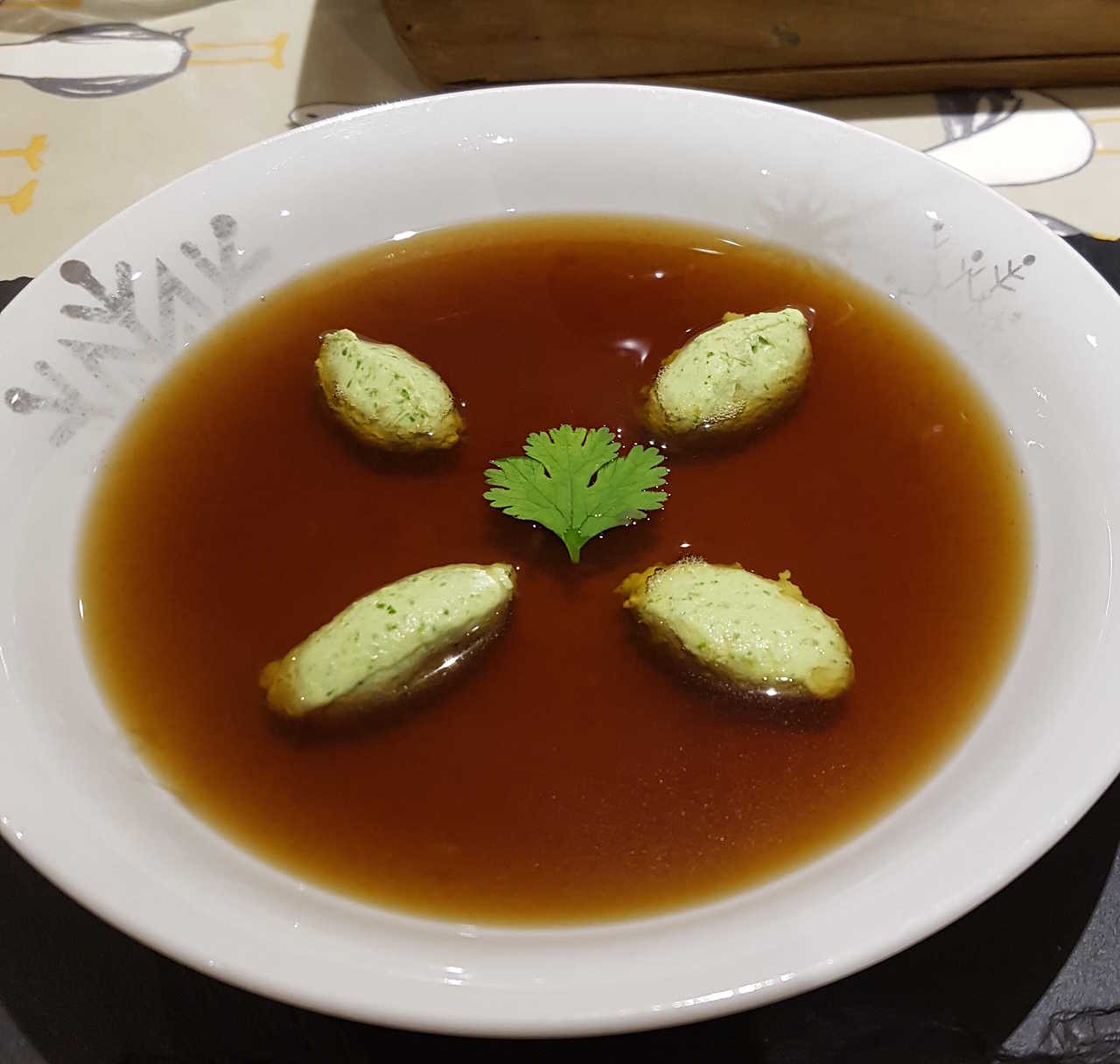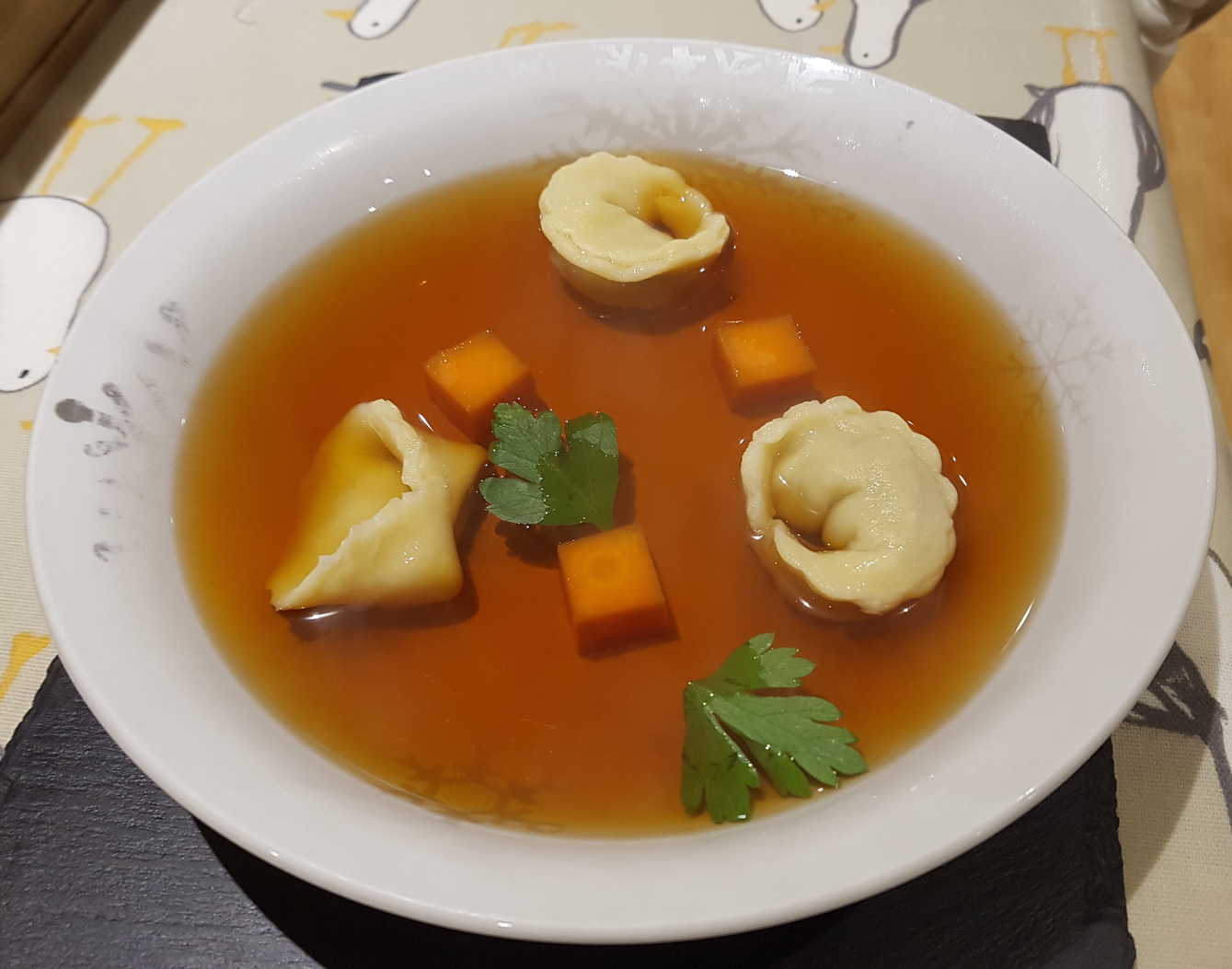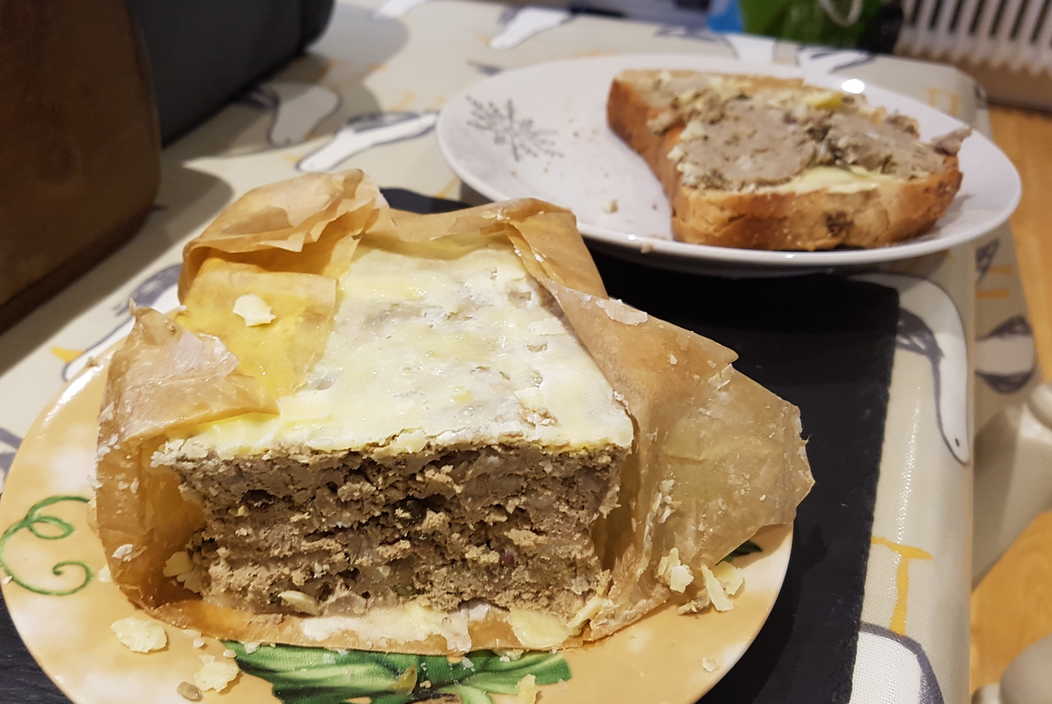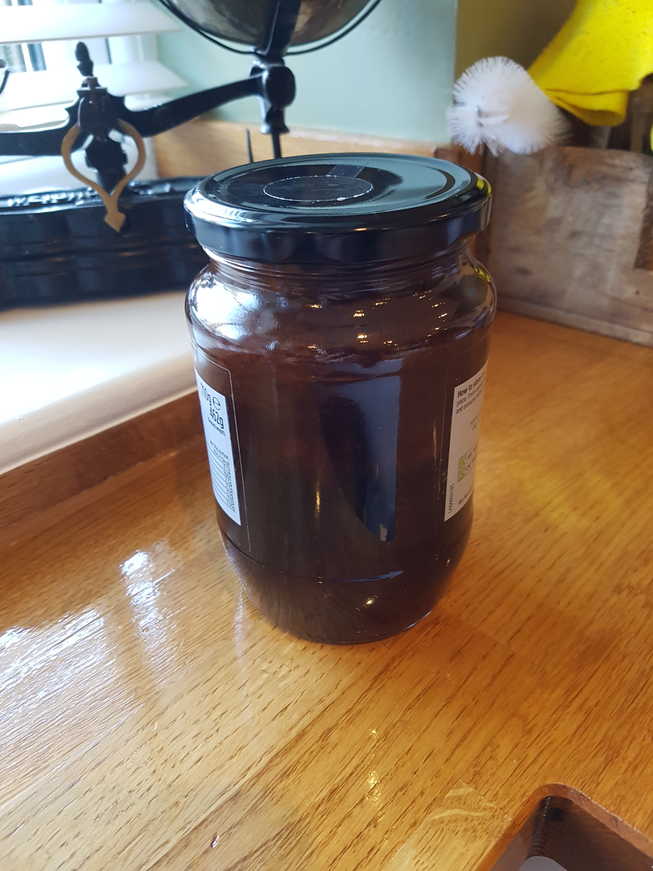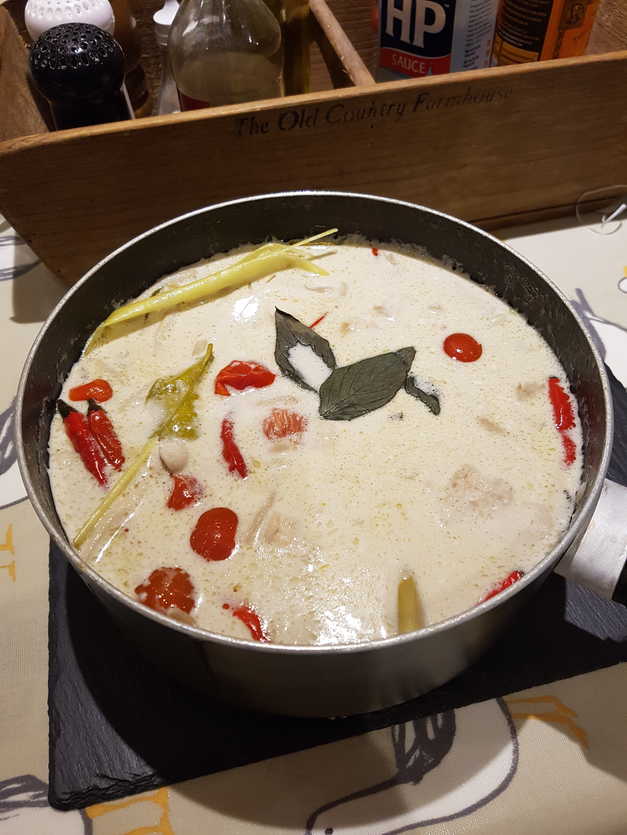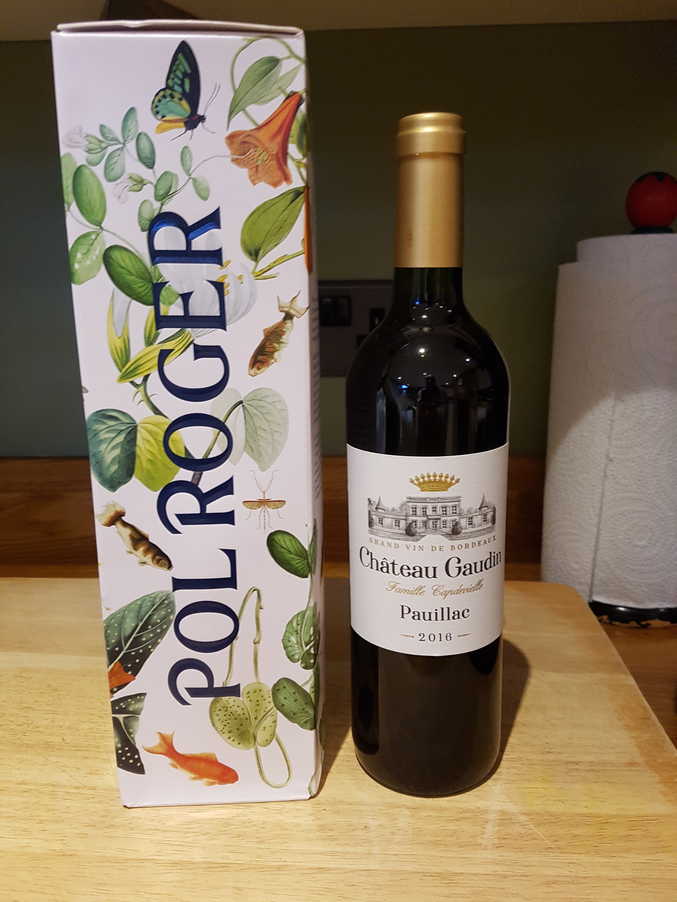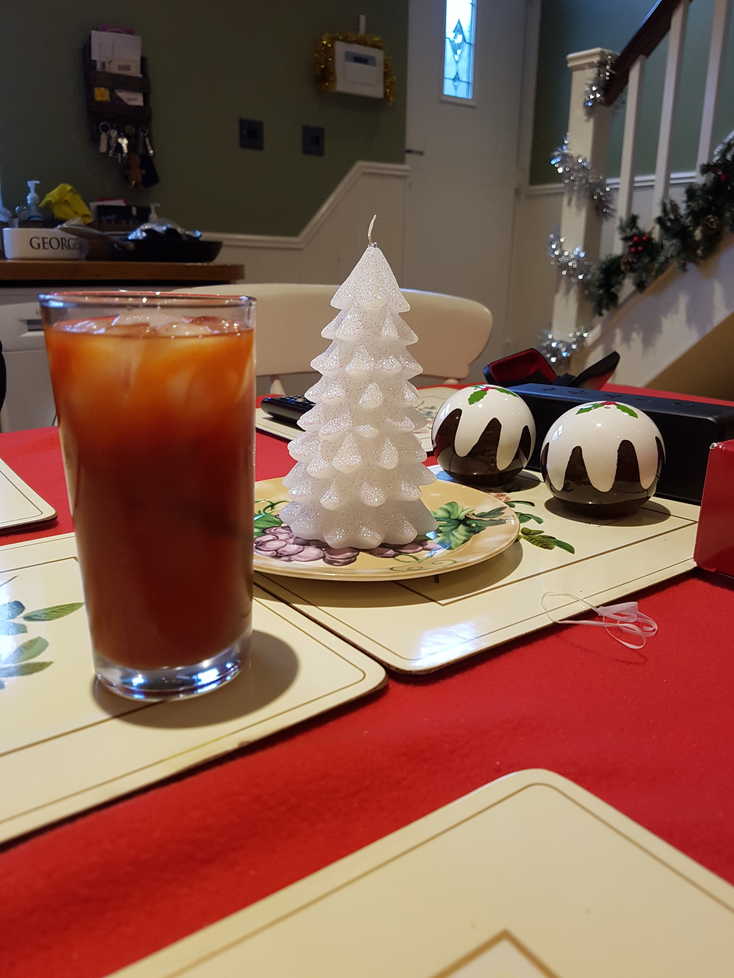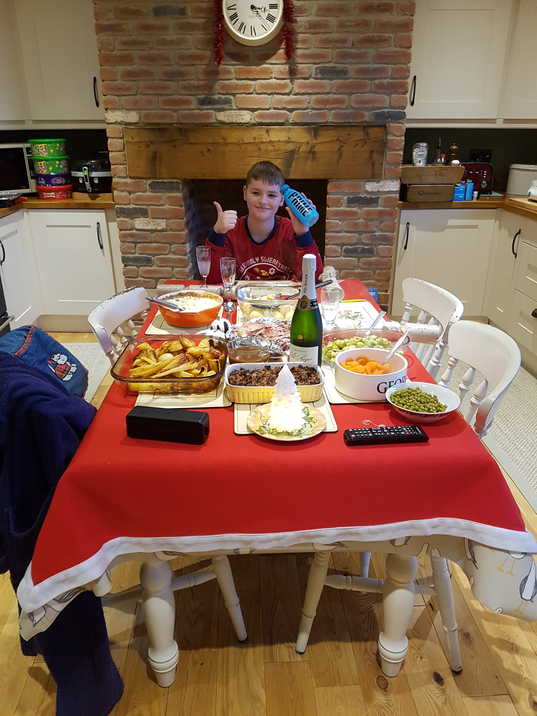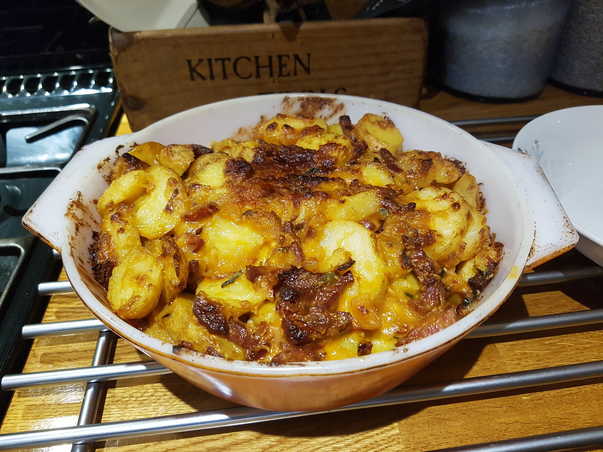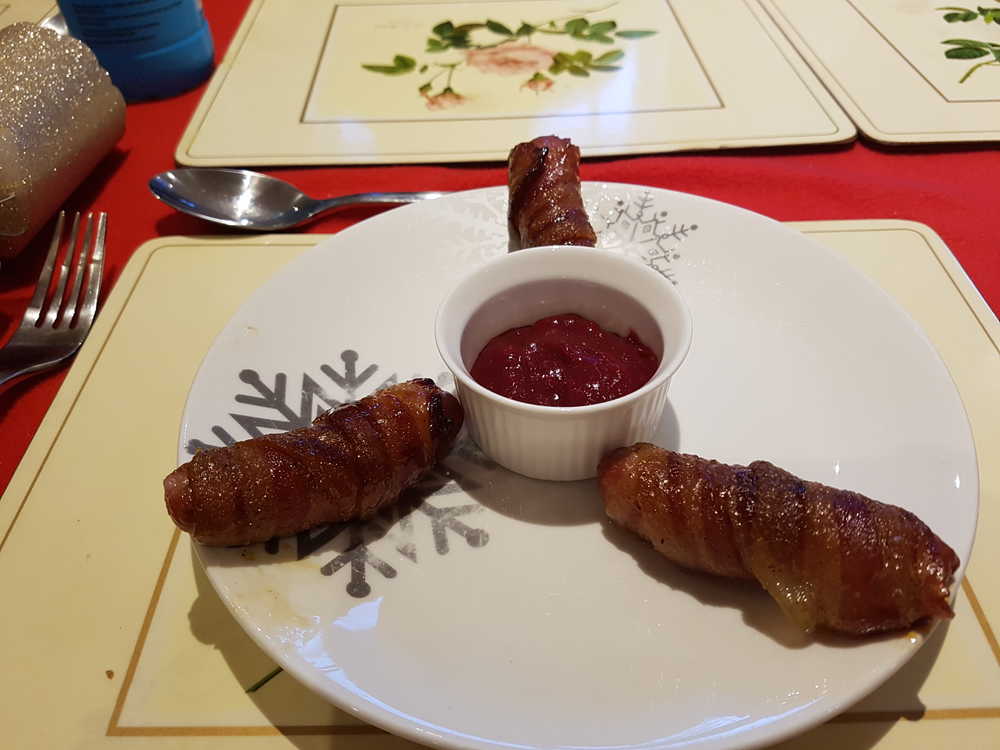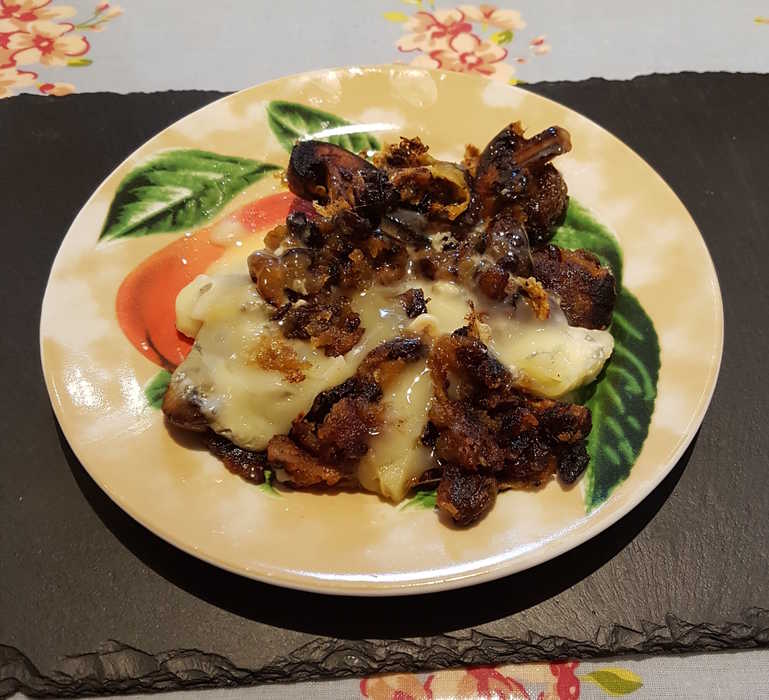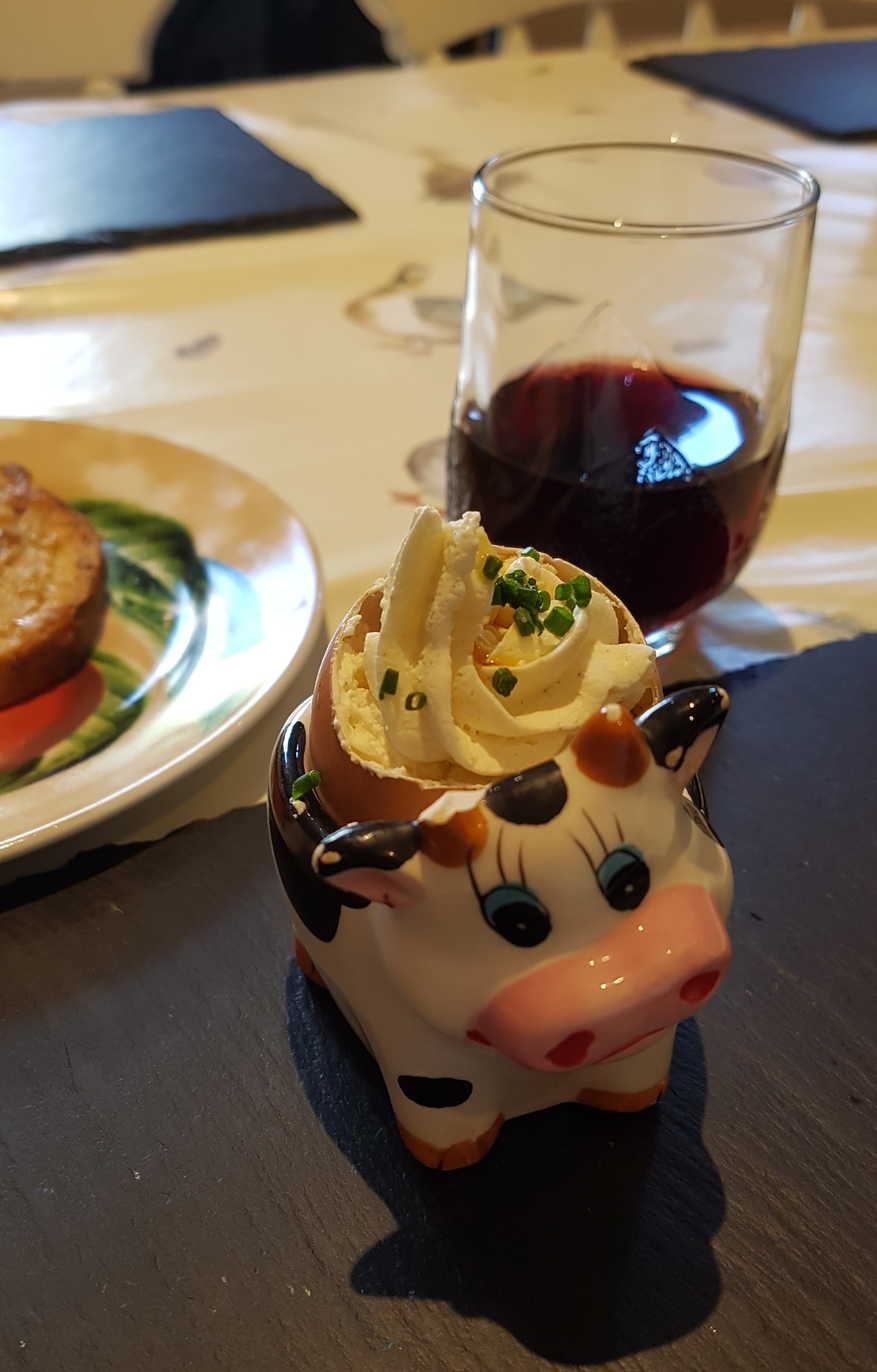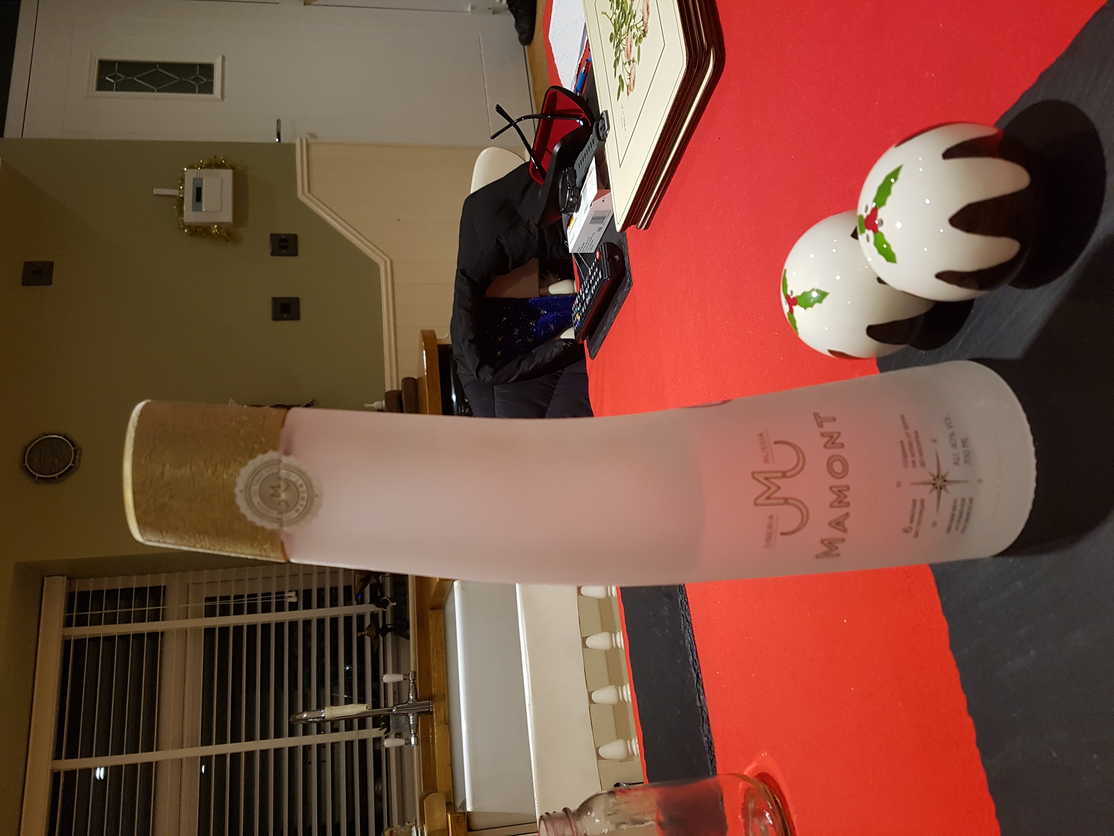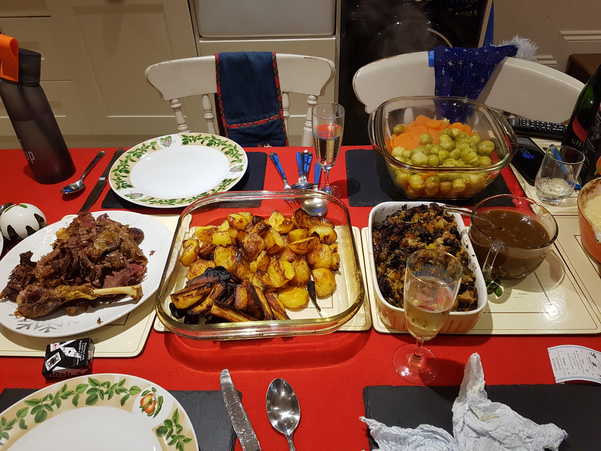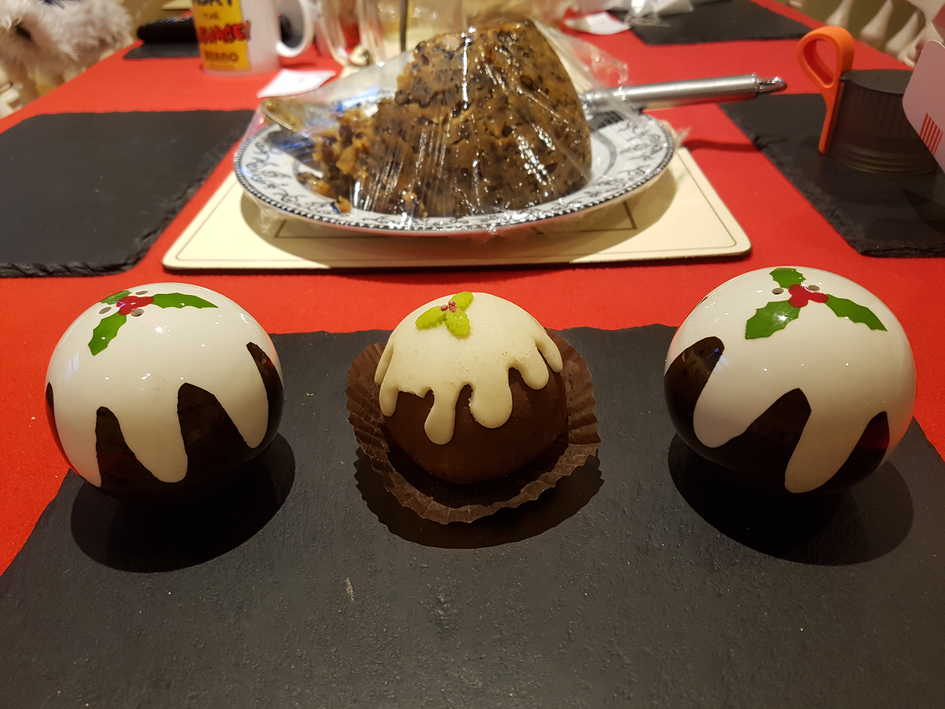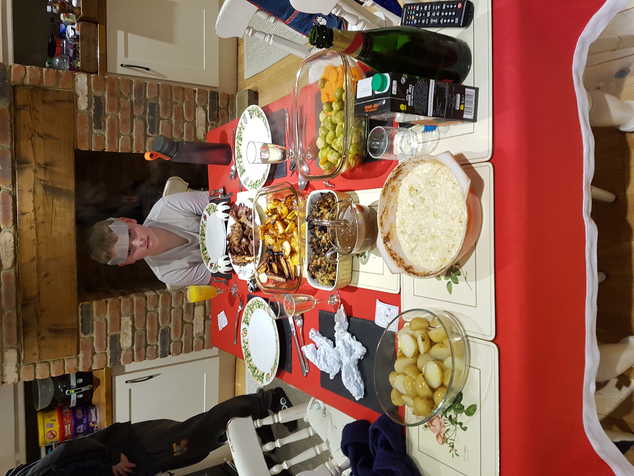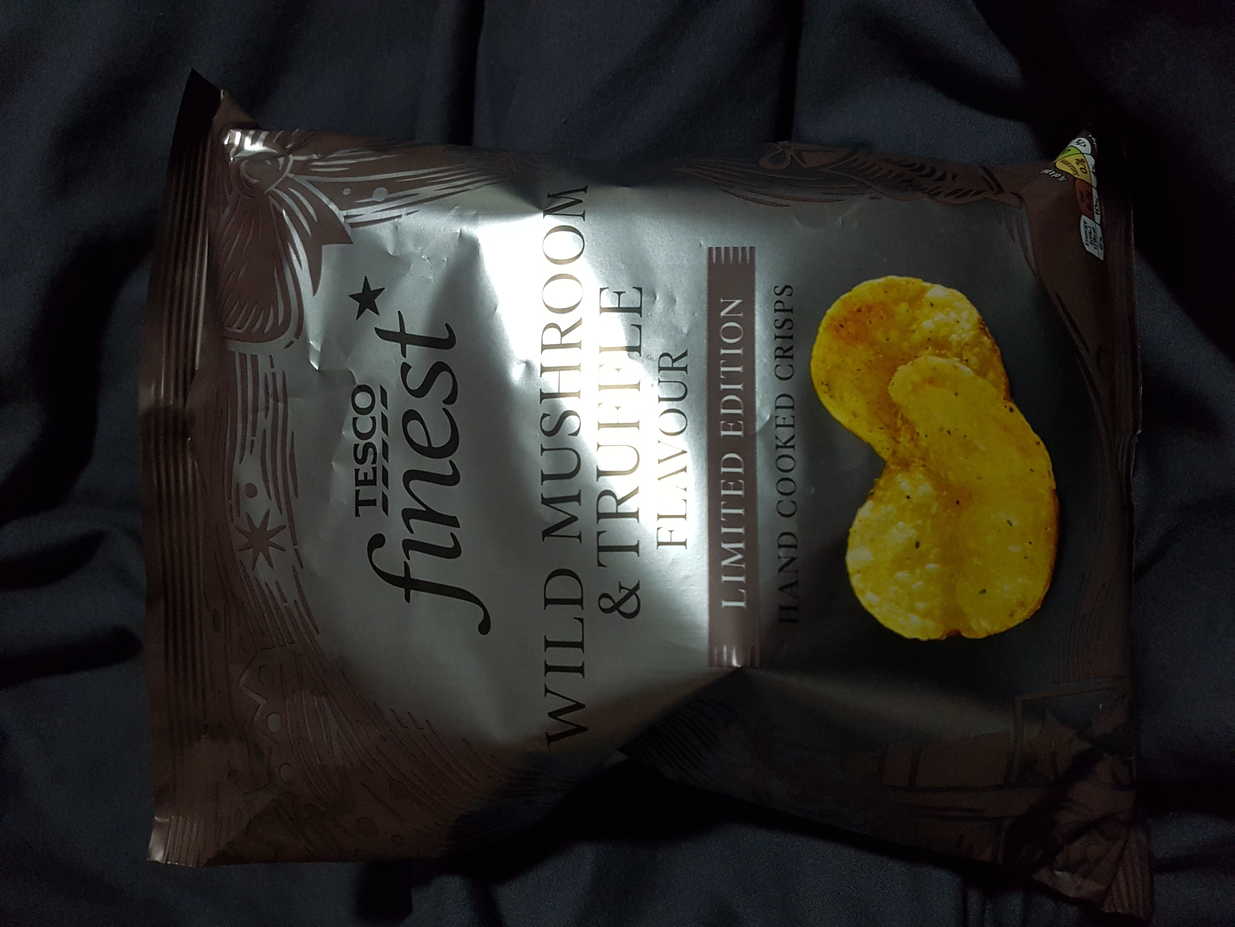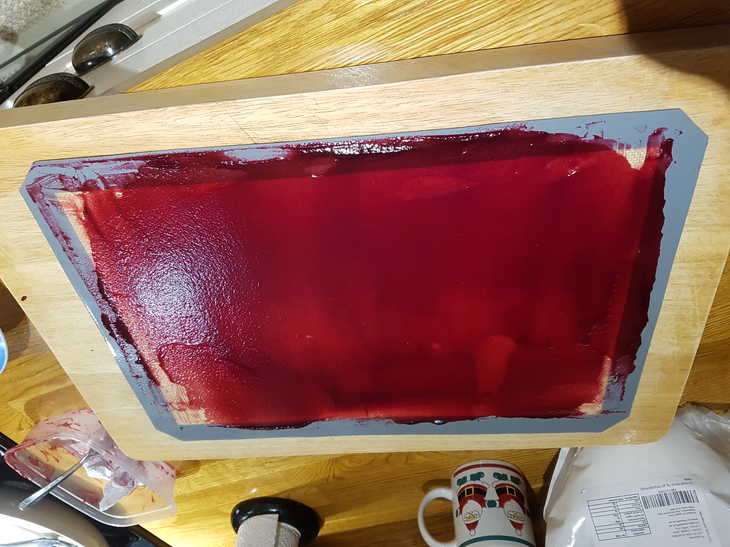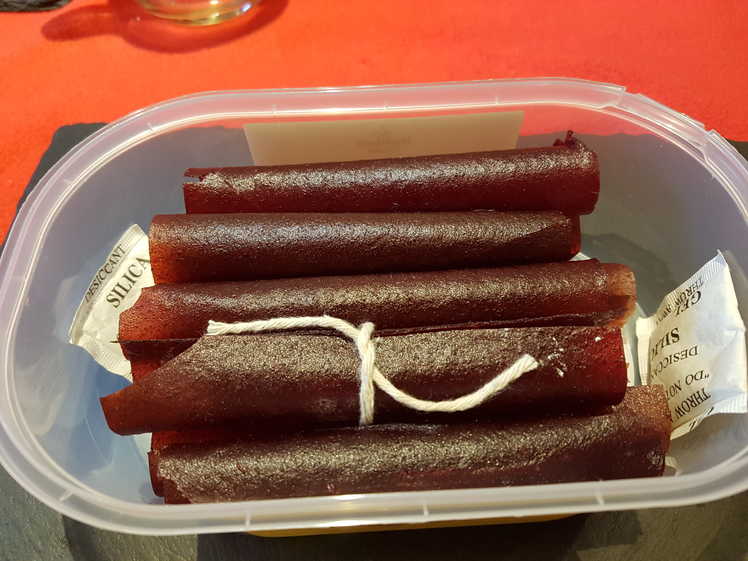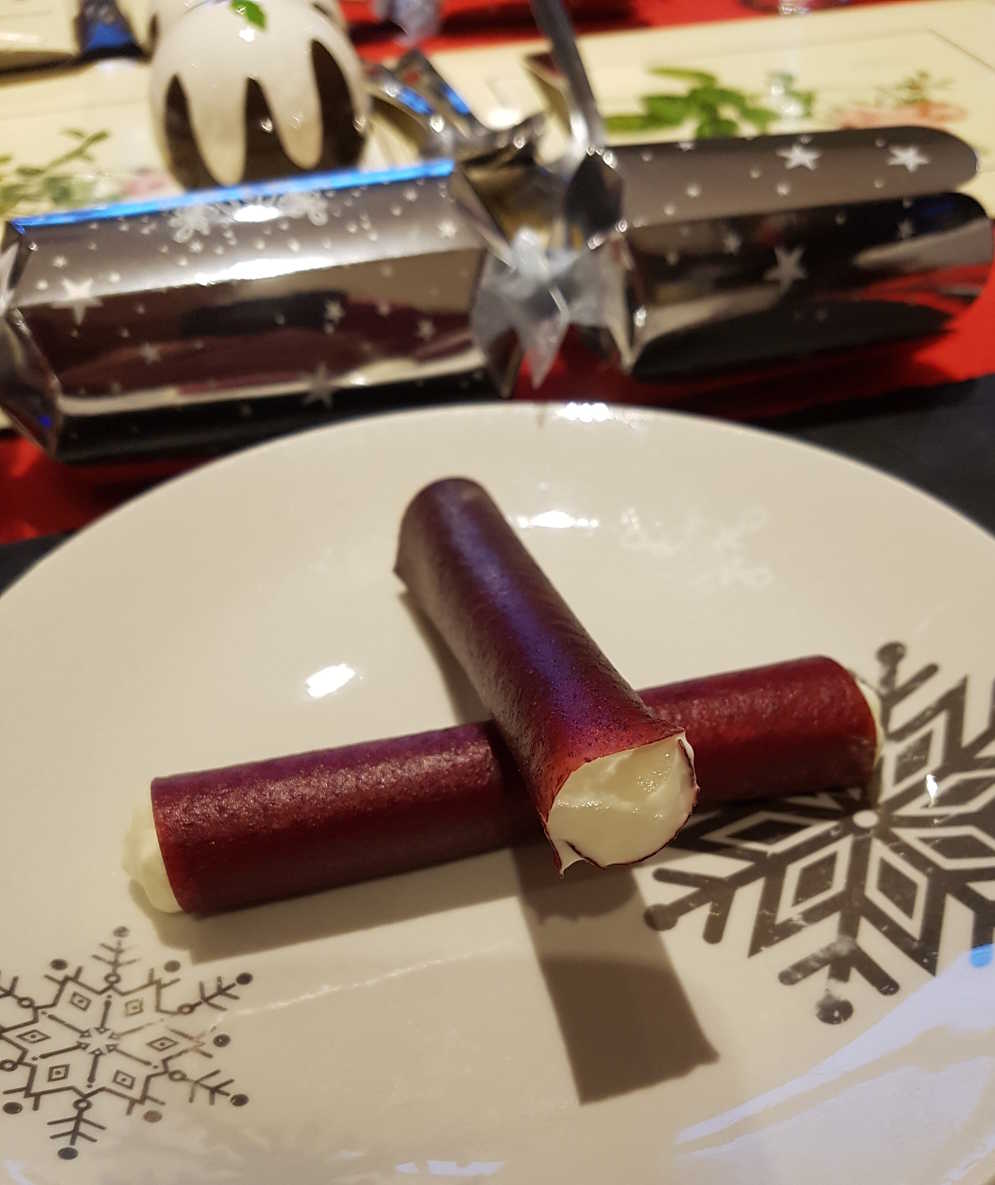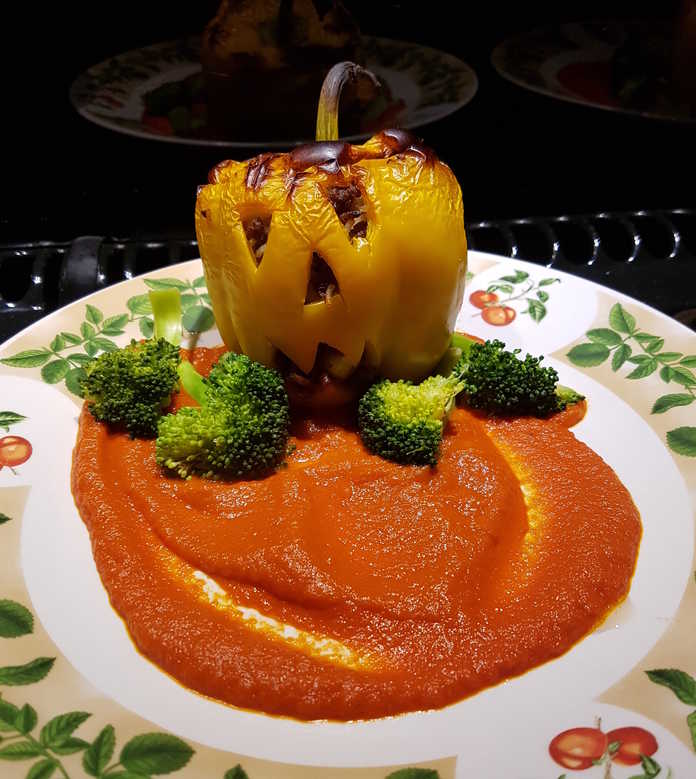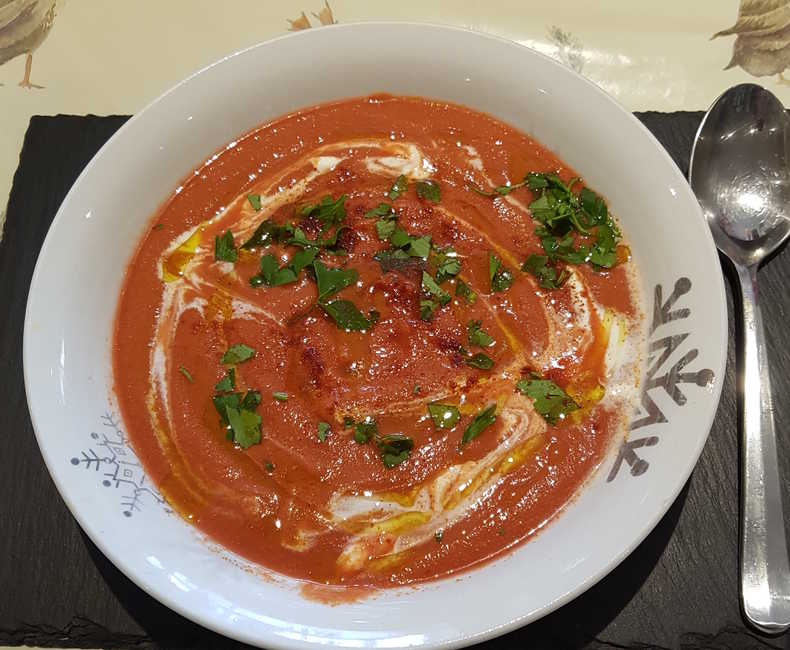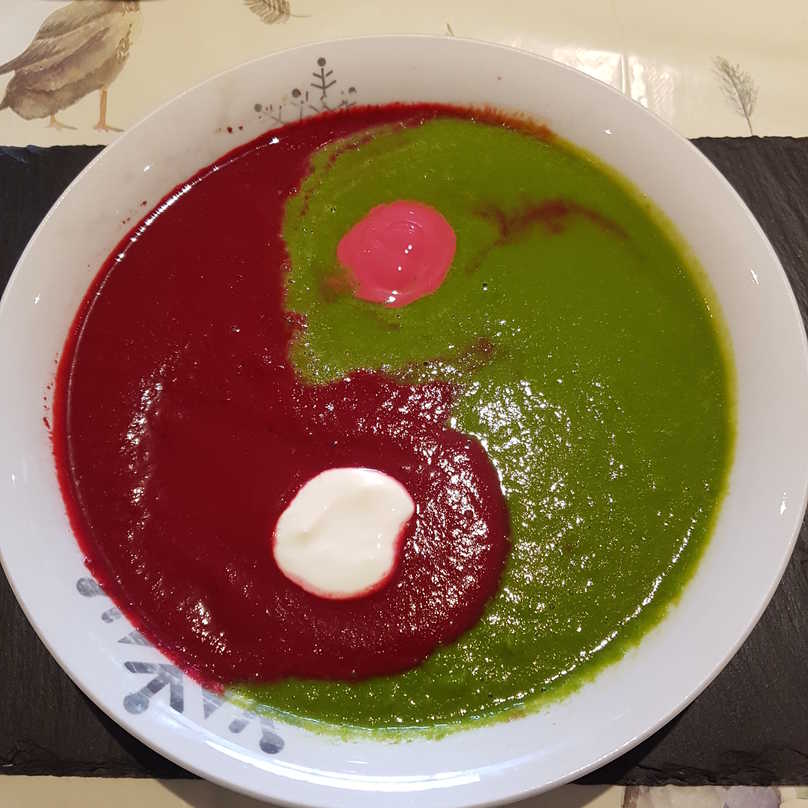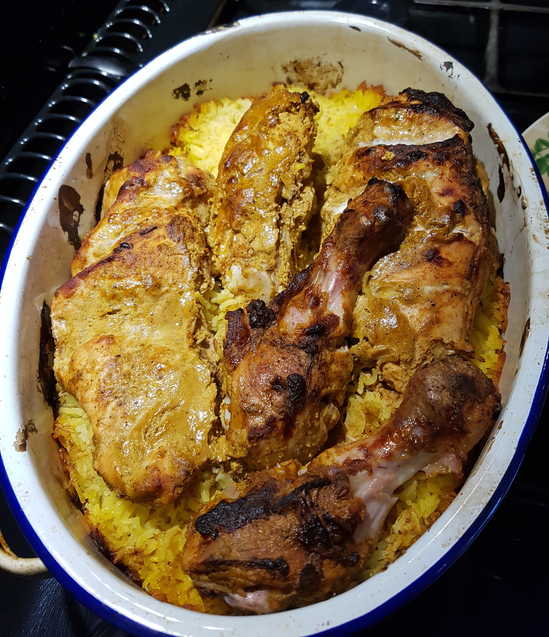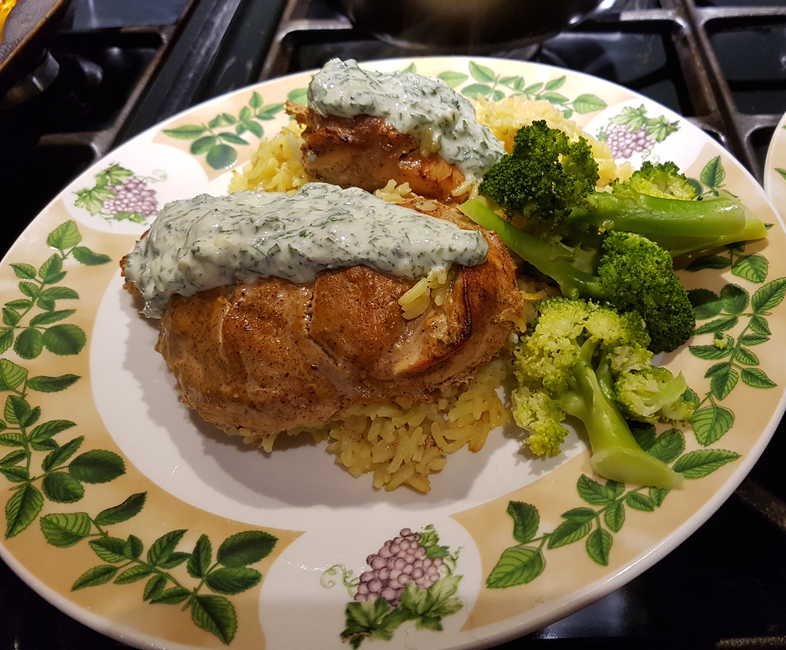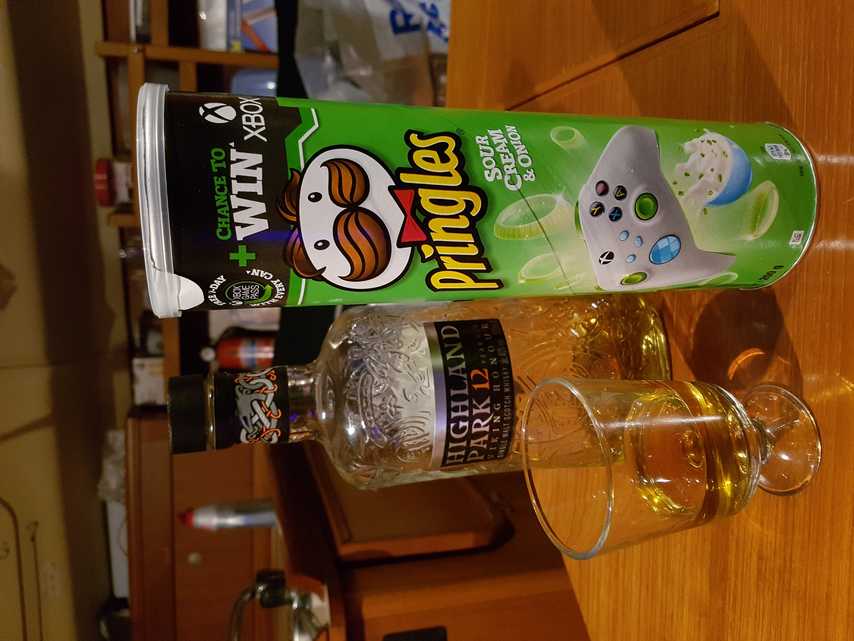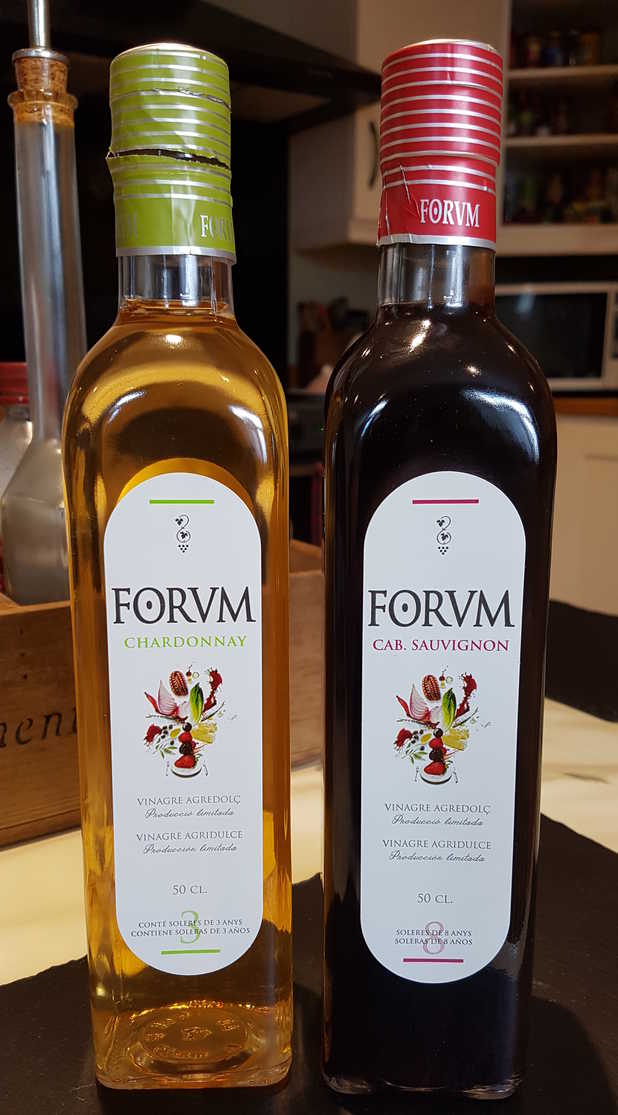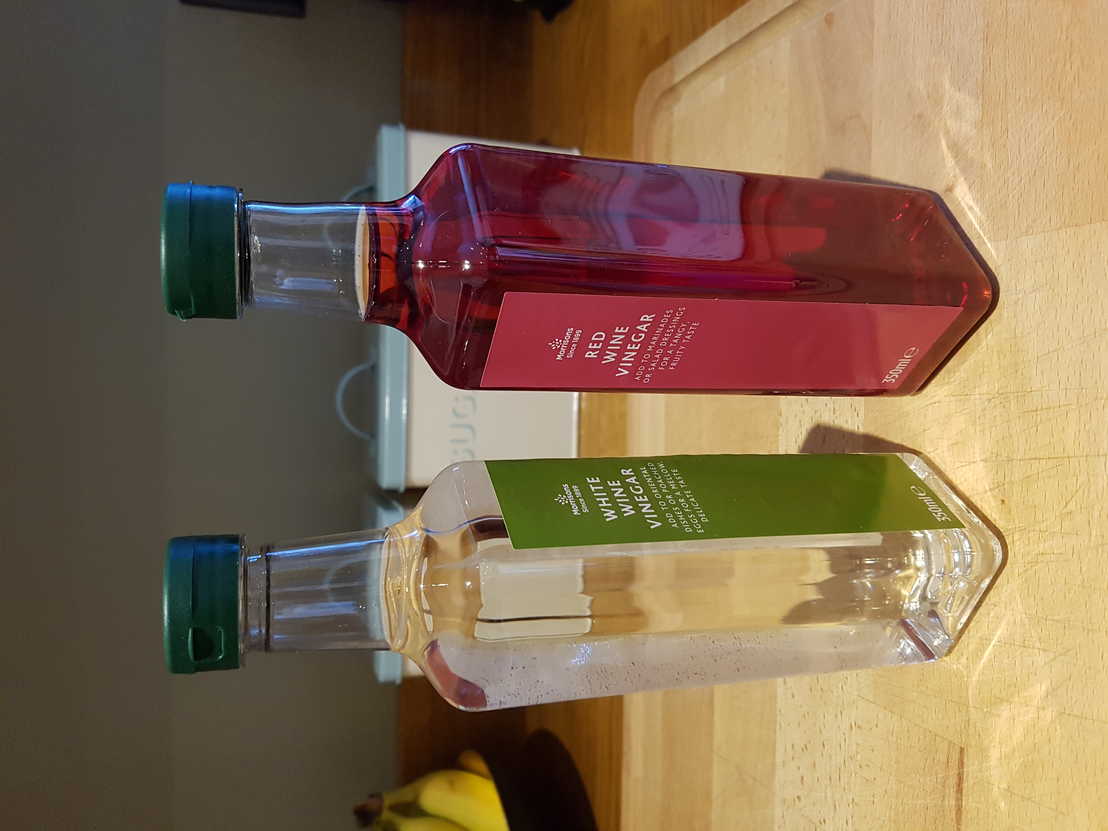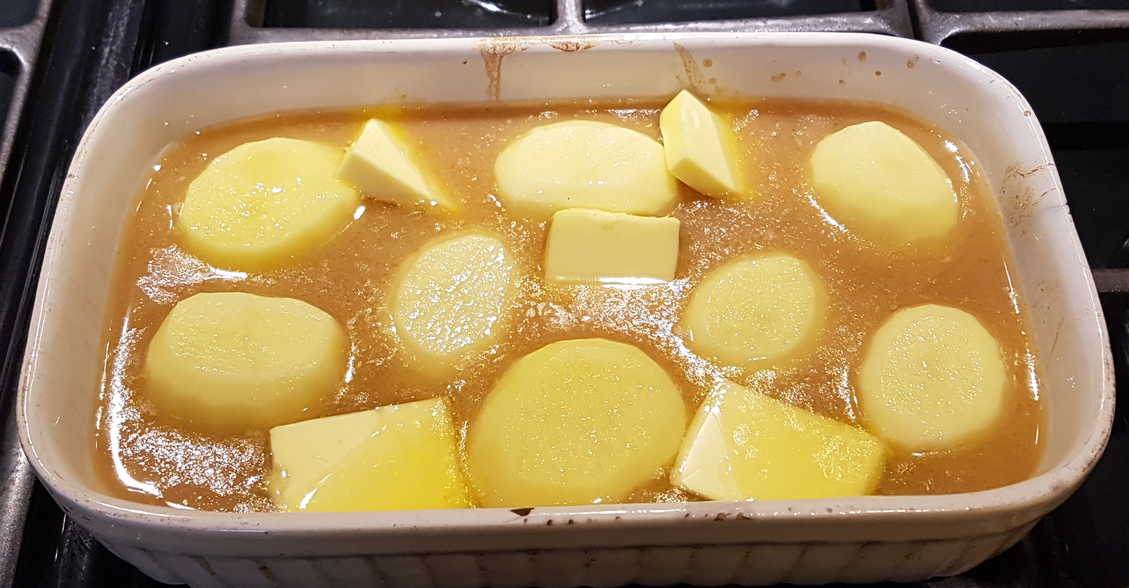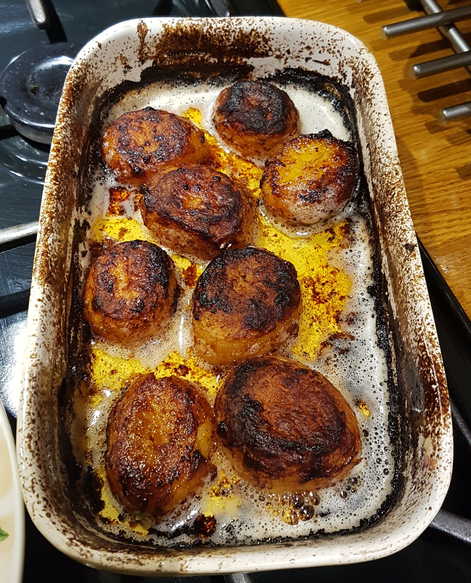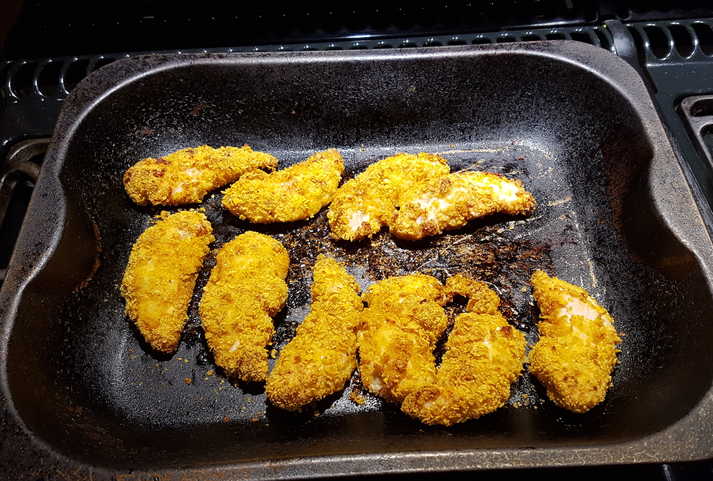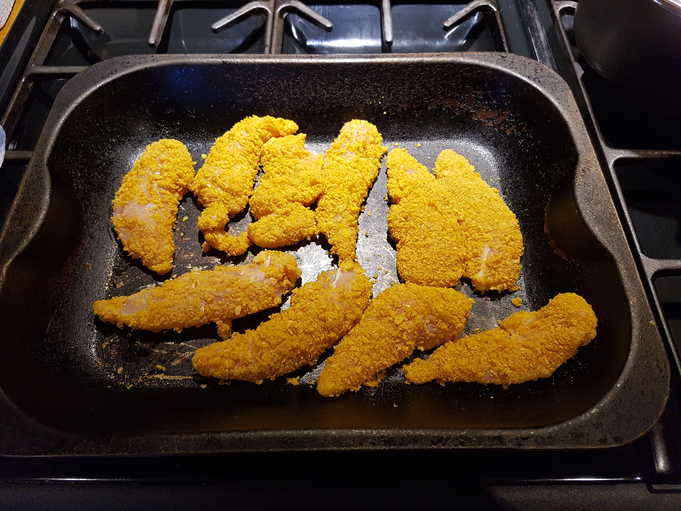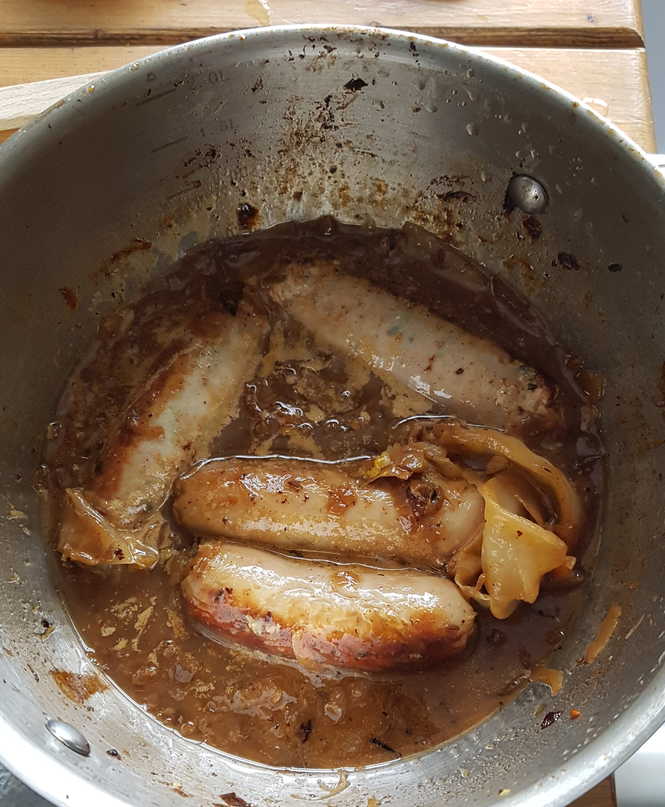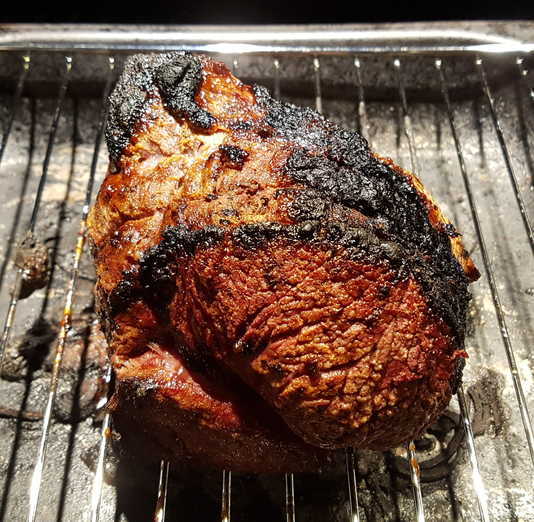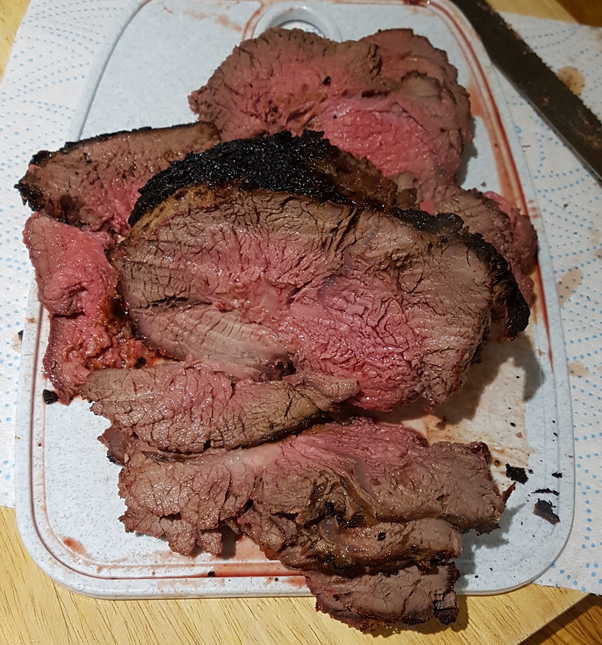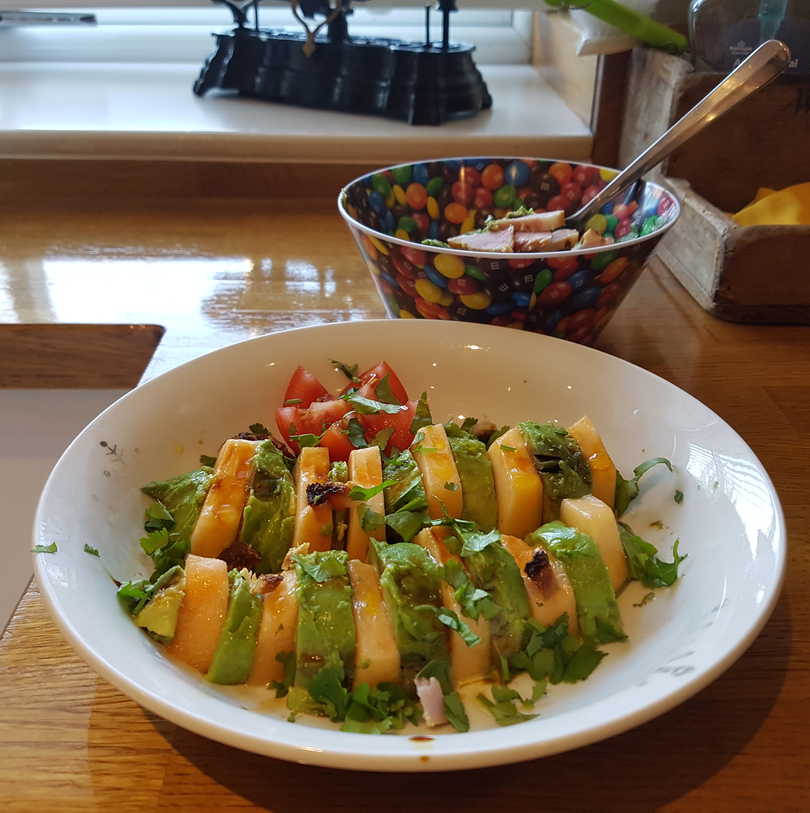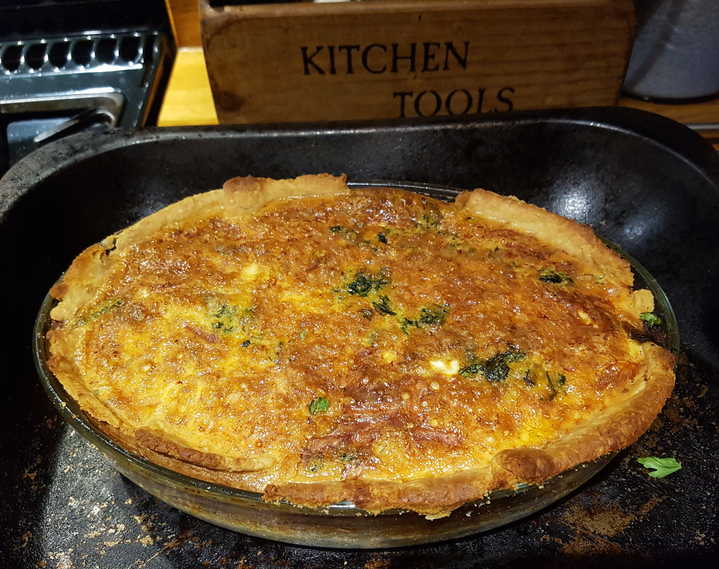
Gouty Day

It was a gouty day. Gouty, gouty, gouty, gouty, gouty, gouty, gouty, gouty, gouty, gouty, gouty, gouty, gouty, gouty, gouty, gouty, gouty, gouty, gouty, gouty, gouty, gouty, gouty, gouty, gouty, gouty, gouty, gouty, gouty, gouty, gouty, gouty, gouty, gouty, gouty, gouty, gouty, gouty, gouty, gouty, gouty, gouty, gouty, gouty, gouty, gouty, gouty, gouty, gouty, gouty, gouty, gouty, gouty, gouty, gouty, gouty, gouty, gouty, gouty, gouty, gouty, gouty, gouty, gouty, gouty, gouty. Gouty, gouty, gouty, gouty, gouty, gouty, gouty, gouty, gouty, gouty, gouty, gouty, gouty, gouty, gouty, gouty, gouty, gouty, gouty, gouty, gouty, gouty, gouty, gouty, gouty, gouty, gouty, gouty, gouty, gouty, gouty, gouty, gouty, gouty, gouty, gouty, gouty, gouty, gouty, gouty, gouty, gouty, gouty, gouty, gouty, gouty, gouty, gouty, gouty. Gouty, gouty, gouty, gouty, gouty, gouty, gouty, gouty, gouty, gouty, gouty, gouty, gouty, gouty, gouty, gouty.
Gouty, gouty, gouty, gouty, gouty, gouty, gouty, gouty, gouty, gouty, gouty, gouty, gouty, gouty, gouty, gouty, gouty, gouty, gouty, gouty, gouty, gouty, gouty, gouty, gouty, gouty, gouty, gouty, gouty, gouty, gouty, gouty, gouty, gouty, gouty, gouty, gouty, gouty, gouty, gouty, gouty, gouty, gouty, gouty, gouty, gouty, gouty, gouty, gouty, gouty, gouty, gouty, gouty, gouty, gouty, gouty, gouty, gouty, gouty, gouty, gouty, gouty, gouty, gouty. Gouty, gouty, gouty, gouty, gouty, gouty, gouty, gouty, gouty, gouty, gouty, gouty, gouty, gouty, gouty, gouty, gouty, gouty, gouty, gouty, gouty, gouty, gouty, gouty, gouty, gouty, gouty, gouty, gouty, gouty, gouty, gouty, gouty, gouty, gouty, gouty, gouty, gouty, gouty, gouty, gouty, gouty, gouty, gouty, gouty, gouty, gouty, gouty, gouty, gouty, gouty, gouty, gouty, gouty, gouty, gouty, gouty, gouty, gouty, gouty, gouty, gouty, gouty, gouty, gouty, gouty, gouty, gouty, gouty, gouty, gouty, gouty, gouty, gouty, gouty, gouty, gouty, gouty, gouty, gouty, gouty, gouty, gouty, gouty, gouty, gouty, gouty, gouty, gouty, gouty, gouty, gouty, gouty, gouty.
Gouty, gouty, gouty, gouty, gouty, gouty, gouty, gouty, gouty, gouty, gouty, gouty, gouty, gouty, gouty, gouty, gouty, gouty, gouty, gouty, gouty, gouty, gouty, gouty, gouty, gouty, gouty, gouty, gouty, gouty, gouty, gouty, gouty, gouty, gouty, gouty, gouty, gouty, gouty, gouty, gouty, gouty, gouty, gouty, gouty, gouty, gouty, gouty, gouty, gouty, gouty, gouty, gouty, gouty, gouty, gouty, gouty, gouty, gouty, gouty, gouty, gouty, gouty, gouty, gouty, gouty, gouty, gouty, gouty, gouty, gouty, gouty, gouty, gouty, gouty, gouty, gouty, gouty, gouty, gouty, gouty, gouty, gouty, gouty, gouty, gouty, gouty, gouty, gouty, gouty, fishy, gouty, gouty, gouty, gouty, gouty, gouty, gouty, gouty, gouty, gouty, gouty, gouty, gouty, gouty, gouty, gouty, gouty, gouty, gouty, gouty, gouty, gouty, gouty, gouty, gouty, gouty, gouty, gouty, gouty, gouty, gouty, gouty, gouty, gouty, gouty, gouty, gouty, gouty, gouty, gouty, gouty, gouty.
Gouty, gouty, gouty, gouty, gouty, gouty, gouty, gouty, gouty, gouty, gouty, gouty, gouty, gouty, gouty, gouty, gouty, gouty, gouty, gouty, gouty, gouty, gouty, gouty, gouty, gouty, gouty, gouty, gouty, gouty, gouty, gouty, gouty, gouty, gouty, gouty, gouty, gouty, gouty, gouty, gouty, gouty, gouty, gouty, gouty, gouty, gouty, gouty, gouty, gouty, gouty, gouty, gouty, gouty, gouty, gouty, gouty, gouty, gouty, gouty, gouty, gouty, gouty, gouty, gouty, gouty, gouty, gouty, gouty, gouty, gouty, gouty, gouty, gouty, gouty, gouty, gouty, gouty, gouty, gouty, gouty, gouty, gouty, gouty, gouty, gouty, gouty, gouty, gouty, gouty, gouty, gouty, gouty, gouty, gouty, gouty, gouty, gouty, gouty, gouty, gouty, gouty, gouty, gouty, gouty.
Gouty, gouty, gouty, gouty, gouty, gouty, gouty, gouty, gouty, gouty, gouty, gouty, gouty, gouty, gouty, gouty, gouty, gouty, gouty, gouty, gouty, gouty, gouty, gouty, gouty, gouty, gouty, gouty, gouty, gouty, gouty, gouty, gouty, gouty, gouty, gouty, gouty, gouty, gouty, gouty, gouty, gouty, gouty, gouty, gouty, gouty, gouty, gouty, gouty, gouty, gouty, gouty, gouty, gouty, gouty, gouty, gouty, gouty, gouty, gouty, gouty, gouty, gouty, gouty, gouty, gouty, gouty. Gouty, gouty, gouty, gouty, gouty, gouty, gouty, gouty, gouty, gouty, gouty, gouty, gouty, gouty, gouty, gouty, gouty, gouty, gouty, gouty, gouty, gouty, gouty, gouty, gouty, gouty, gouty, gouty, gouty, gouty, gouty, gouty, gouty, gouty, gouty, gouty, gouty, gouty, gouty, gouty, gouty, gouty, gouty, gouty, gouty, gouty, gouty, gouty, gouty. Gouty, gouty, gouty, gouty, gouty, gouty, gouty, gouty, gouty, gouty, gouty, gouty, gouty, gouty, gouty, gouty, gouty, gouty, gouty, gouty, gouty, gouty, gouty, gouty, gouty, gouty, gouty, gouty, gouty, gouty, gouty, gouty, gouty, gouty, gouty, gouty, gouty, gouty, gouty, gouty, gouty, gouty, gouty, gouty, gouty, gouty, gouty, gouty, gouty, gouty, gouty, gouty, gouty, gouty, gouty, gouty, gouty, gouty, gouty, gouty, gouty, gouty, gouty, gouty, gouty, gouty, gouty.
Gouty, gouty, gouty, gouty, gouty, gouty, gouty, gouty, gouty, gouty, gouty, gouty, gouty, gouty, gouty, gouty, gouty, gouty, gouty, gouty, gouty, gouty, gouty, gouty, gouty, gouty, gouty, gouty, gouty, gouty, gouty, gouty, gouty, gouty, gouty, gouty, gouty, gouty, gouty, gouty, gouty, gouty, gouty, gouty, gouty, gouty, gouty, gouty, gouty, gouty, gouty, gouty, gouty, gouty, gouty, gouty, gouty. Gouty, gouty, gouty, gouty, gouty, gouty, gouty, gouty, gouty, gouty, gouty, gouty, gouty, gouty, gouty, gouty, gouty, gouty, gouty, gouty, gouty, gouty, gouty, gouty, gouty, gouty, gouty, gouty, gouty, gouty, gouty, gouty, gouty, gouty, gouty, gouty, gouty, gouty, gouty, gouty, gouty, gouty, gouty, gouty, gouty, gouty, gouty, gouty, gouty, gouty, gouty, gouty, gouty, gouty, gouty, gouty, gouty, gouty, gouty, gouty, gouty, gouty, gouty, gouty, gouty. Gouty, gouty, gouty, gouty, gouty, gouty, gouty, gouty, gouty, gouty, gouty, gouty, gouty, gouty, gouty, gouty, gouty, gouty, gouty, gouty, gouty, gouty, gouty, gouty, gouty, gouty, gouty, gouty, gouty, gouty, gouty, gouty, gouty, gouty, gouty, gouty, gouty, gouty, gouty, gouty, gouty, gouty, gouty, gouty, gouty, gouty, gouty, gouty, gouty, gouty, gouty, gouty, gouty, gouty, gouty, gouty, gouty, gouty, gouty, gouty, gouty, gouty.
Comments (0)
Goosey Goosey Gander

Ah, Pluviôse - the season of eating goose stock. And some beef.
I've recently discovered the wonder of the 1871 French Revolutionary Calendar. Like all good commies the French revolutionaries determined to overthrow everything associated with the old order. And I mean everything, from money to timekeeping and their calendar. Starting again completely from scratch.
A Year Zero, if you will.
Their ridiculous months do have romantic names though, like Nivôse Pluviôse and Ventôse, cruelly mocked by British wits as Slippy, Drippy , and Nippy
Goose Consommé with Coriander Chicken Mousseline Quenelles
fowl soup
First catch your goose!
Ha - just kidding. This will be just fine made from chickens though I used our Christmas geese carcasses (yes, carcasses) to make my chicken stock.
However, it still benefitted from clarifying with some tasty alliums for extra fresh flavour.
Ha - just kidding. This will be just fine made from chickens though I used our Christmas geese carcasses (yes, carcasses) to make my chicken stock.
However, it still benefitted from clarifying with some tasty alliums for extra fresh flavour.
Serves 4
Ingredients
- 1.5l rich goose or chicken stock
- 1 chicken breast
- 2-3 egg whites
- couple of shallots
- a few garlic cloves
- ground pepper
For the Mousseline:- 1 chicken breast
- 1 egg white
- herbs, parsley or coriander
- nutmeg perhaps?
- about 30ml cream
- salt
First make your goose or chicken stock. A pretty dark, rich, tasty one will be required.
Then chill it and scrape all the solidified fat from the surface.
Make the Consommé:
Now clarify it: Blend a chicken breast with egg whites and shallots, garlic, pepper and any other flavourings you fancy infusing into the stock.
Whisk the mixture into the cold stock.
Clear an area at the edge of pan so you can see what's going on. After 15 minutes or so particles should stop rising and the soup be clear.
Without disturbing the raft too much use a ladle or better yet a turkey baster to extract the now clear stock through the hole you made in the raft.
Strain this through muslin or a coffee filter.
You will now have a beautifully glassy consommé
Make the Mousseline:
Blend another chicken breast with an egg white. Add herbs coriander for instance or spices I hear nutmeg is nice and a generous pinch of salt. You need to keep everything very cold while you do this so it retains plenty of air. Chill the mixture back down when smooth.
Cook the Quenelles:
Have a pan of barely simmering stock standing by and form the mousseline into quenelles with two teaspoons and drop them 4 or 6 at a time into the stock.
Scoop them out with a slotted spoon when after a few minutes they rise, cooked, to the surface. Set them aside.
Then chill it and scrape all the solidified fat from the surface.
Make the Consommé:
Now clarify it: Blend a chicken breast with egg whites and shallots, garlic, pepper and any other flavourings you fancy infusing into the stock.
Whisk the mixture into the cold stock.
If you don't whisk it in thoroughly and do as I did and just stir, the raft won't properly cohere.
Though it will still work.
Gradually heat the stock in a saucepan, whisking continuously to prevent particles from sticking to the bottom and sides, until the egg white begins to coagulate and float up to the top.
Now reduce the heat to barely a simmer and leave the chicken and egg to form a raft on the surface
- agitating occasionally to loosen any lumps from the bottom.Clear an area at the edge of pan so you can see what's going on. After 15 minutes or so particles should stop rising and the soup be clear.
Without disturbing the raft too much use a ladle or better yet a turkey baster to extract the now clear stock through the hole you made in the raft.
Strain this through muslin or a coffee filter.
You will now have a beautifully glassy consommé
Make the Mousseline:
Blend another chicken breast with an egg white. Add herbs coriander for instance or spices I hear nutmeg is nice and a generous pinch of salt. You need to keep everything very cold while you do this so it retains plenty of air. Chill the mixture back down when smooth.
I tried to pass it through a sieve at this point but it's extremely difficult. And I can't see how you could do it and keep the temperature low. So I gave up.
I suppose you could press just the puréed chicken through, chill it again, then mix with beaten egg whites and go from there.
My mousseline was perfectly adequate though. So there!
Now slowly beat in about 30 ml of double cream, so the mixture is loosened but not too sloppy.My mousseline was perfectly adequate though. So there!
Cook the Quenelles:
Have a pan of barely simmering stock standing by and form the mousseline into quenelles with two teaspoons and drop them 4 or 6 at a time into the stock.
Scoop them out with a slotted spoon when after a few minutes they rise, cooked, to the surface. Set them aside.
I made a poaching stock from the spare coriander leaves and stalks, and slices of ginger root.
You could keep the cooked quenelles overnight in the fridge if you needed to.
To serve, artfully place quenelles in a soup bowl. Re-heat the consommé gently without boiling and pour into the soup bowl. Float a coriander leaf or two on the surface.
You could keep the cooked quenelles overnight in the fridge if you needed to.
Nice, delicate, and very pretty.
Beef Consommé with Shin and Liver Forcemeat Tortellini
meat soup
First catch your cow!
Ha!
This works best with a rich, thick, tasty stock. So if your stock is thin then reduce it before starting. But not so much that it sets when it's cold: You'll need to be able to whisk in the egg whites before heating so that the albumen pulls the cloudy proteins out of the stock as it coagulates.
For the clarification you'll need super-lean beef to avoid having to remove all the fat afterwards. Shin or shank is good. Shin might be specifically the front leg or foreshank in the UK. Both foreshanks and hindshanks seem to be called shank in the U.S.
Ha!
This works best with a rich, thick, tasty stock. So if your stock is thin then reduce it before starting. But not so much that it sets when it's cold: You'll need to be able to whisk in the egg whites before heating so that the albumen pulls the cloudy proteins out of the stock as it coagulates.
For the clarification you'll need super-lean beef to avoid having to remove all the fat afterwards. Shin or shank is good. Shin might be specifically the front leg or foreshank in the UK. Both foreshanks and hindshanks seem to be called shank in the U.S.
Serves 8
Ingredients
- 3 litres strong beef stock
- 400-500g lean minced beef
- 3 tomatoes
- 1 celery stick
- 1-2 carrots
- 1 leek
- 2 garlic cloves
- crushed black peppercorns
- 4 egg whites
- thyme or other herbs
- parsley
For the Forcemeat:- beef shank
- white bread
- cream
- a splash of milk as required
- calf liver
- garlic
- a splash of cognac
- salt
- ground pepper
- herbs of choice
- egg yolk optional
- balsamic vinegar a good addition
- minced gherkin possibly?
For the Tortellinis:- egg yolks
- 40g fine flour per egg yolk
- olive oil
- milk
- salt
Serving Options:- carrot
- courgette
- watercress
- parsley leaves
Blend up the beef mince and tomato with the parsley. Add stock if you need to.
Mince the other vegetables and herbs. Stir them all into the cold stock, mixing well.
Whisk the egg whites and beat into the stock too.
Gradually warm the stock, stirring regularly, until it reaches boiling point and the egg begins to cohere.
Reduce the heat so that the stock is barely simmering and leave unmolested for 2 hours.
Decant the stock through the raft without disturbing it and strain it through muslin or cheesecloth to catch the last few bits.
Make the Forcemeat
Soak white bread in single cream, or double cream loosened with milk. Squeeze out any excess then blend it up with more of the minced shank and about half its weight in calve's liver. Add some garlic, a good splash of cognac, a generous pinch of salt, a good grinding of pepper, some herbs. You can add one of the spare egg yolks too if you like. Moisten it with more milk, cream or cognac if it's too thick to blend.
If this was a proper forcemeat you'd now be required to pass it through a sieve. If you don't, then be prepared for the occasional knot of gristle.
Use the egg yolks left over from clarifying the stock: Mix each yolk with about 40g of fine flour, a drizzle of olive oil, a splash of milk and a pinch of salt. Knead the mixture which should be soft and pliable but not wet. Leave it to rest for half an hour then roll out thinly enough to see the worktop through.
Using a 3" cookie cutter cut out disks of the pasta.
Place half a teaspoon of the forcemeat in the centre of each one you'll need surprisingly little or it will be too difficult to fold, moisten around the edges with water, fold the disk in half, press lightly, then fold the edge up and roll the ends of the semi-circle arms away from the fold until they meet on the back side.
Press them together to hold their shape.
Bring a pot of salted water to the boil, and simmer the tortellinies gently for about 5 minutes until they float and lighten in colour.
You can also shape some carrot or courgette cubes or balls if you have a melon baller and simmer those too.
Place three vegetables and three tortellinis in each warmed soup bowl, perhaps a watercress stalk if you have one, fill with the consommé, float a parsley leaf on top and serve.
Mince the other vegetables and herbs. Stir them all into the cold stock, mixing well.
Whisk the egg whites and beat into the stock too.
Gradually warm the stock, stirring regularly, until it reaches boiling point and the egg begins to cohere.
Reduce the heat so that the stock is barely simmering and leave unmolested for 2 hours.
Decant the stock through the raft without disturbing it and strain it through muslin or cheesecloth to catch the last few bits.
Probably you could just blend up everything and whisk it into the stock.
Though it's nice to have a vegetable mirepoix to give the raft some structure.
Theoretically you can carefully make a large hole in the edge of the raft and scoop out the clarified stock with a ladle. But I found a turkey baster easier to use without disturbing the raft too much.
Theoretically you can carefully make a large hole in the edge of the raft and scoop out the clarified stock with a ladle. But I found a turkey baster easier to use without disturbing the raft too much.
Make the Forcemeat
Soak white bread in single cream, or double cream loosened with milk. Squeeze out any excess then blend it up with more of the minced shank and about half its weight in calve's liver. Add some garlic, a good splash of cognac, a generous pinch of salt, a good grinding of pepper, some herbs. You can add one of the spare egg yolks too if you like. Moisten it with more milk, cream or cognac if it's too thick to blend.
If this was a proper forcemeat you'd now be required to pass it through a sieve. If you don't, then be prepared for the occasional knot of gristle.
Maybe add:
Make the Tortellinis- Some soy sauce? Nope. Not enough body.
- Balsamic vinegar? Yup. Sweet and rich.
- What about minced gherkin?
Use the egg yolks left over from clarifying the stock: Mix each yolk with about 40g of fine flour, a drizzle of olive oil, a splash of milk and a pinch of salt. Knead the mixture which should be soft and pliable but not wet. Leave it to rest for half an hour then roll out thinly enough to see the worktop through.
Using a 3" cookie cutter cut out disks of the pasta.
Place half a teaspoon of the forcemeat in the centre of each one you'll need surprisingly little or it will be too difficult to fold, moisten around the edges with water, fold the disk in half, press lightly, then fold the edge up and roll the ends of the semi-circle arms away from the fold until they meet on the back side.
Press them together to hold their shape.
Bring a pot of salted water to the boil, and simmer the tortellinies gently for about 5 minutes until they float and lighten in colour.
You can also shape some carrot or courgette cubes or balls if you have a melon baller and simmer those too.
You can keep the cooked tortellinis for up to a couple of days covered in the fridge.
Reheat them the same way before using.
Place three vegetables and three tortellinis in each warmed soup bowl, perhaps a watercress stalk if you have one, fill with the consommé, float a parsley leaf on top and serve.
An awful lot of trouble for scant reward - though it does look pretty.
If you want to reduce the risk of food poisoning yourself you can turn the forecemeat into proper pâté first,
and stuff the tortellinis with that instead.
Beef Liver Pâté with Peppercorns
meat starter snack
I started making this pâté without much enthusiasm because I had a lot of leftover filling from the
beef consommé tortellinis and needed to do something with it.
Which is why I began with puréed ingredients. So this might not be how you'd want to tackle a beef pâté. Like maybe you'd leave some of the mince beef un-puréed for the texture instead of adding the pork loin. I think you'd still want the pork fat though.
However, the result was surprisingly good.
Which is why I began with puréed ingredients. So this might not be how you'd want to tackle a beef pâté. Like maybe you'd leave some of the mince beef un-puréed for the texture instead of adding the pork loin. I think you'd still want the pork fat though.
However, the result was surprisingly good.
Makes about 400g
Ingredients
- 200g beef shank, minced
- 100g calf's liver
- slice white bread
- milk and cream
- 1 egg, 1 yolk
- cognac
- splash balsamic vinegar
- green peppercorns dried or in brine
- red peppercorns
- capers
- 100g fatty pork loin, finely chopped
- thyme, chopped
- half red onion, finely chopped
- 2 cloves garlic, sliced
- salt
Soak the bread in cream, adding a splash of milk if it's too thick.
Squeeze out any extra, then blend the bread, beef mince, beef liver, egg and cognac to a paste.
You can add more cream to loosen it, but don't go overboard.
Cut up the pork loin and the pork fat reasonably finely. Chop red onion or shallot. Finely slice a couple of garlic cloves. Fry the pork in enough oil to get things started. When it's taken on a little colour add the onion then the garlic and fry until they've softened.
Now mix into the pâté along with the peppercorns, capers and chopped thyme.
Season.
Set aside for the flavours to marinate, unless you're in a hurry. It will keep in the fridge for a couple of days. Cover the surface with balsamic vinegar to stop it browning.
Pre-heat the oven to 150-165°C; Gas Mark 2-3.
Prepare a pâté dish or a small loaf tin - you can line it with baking parchment (or foil) to make removing the pâté easier if you like, or oil it lightly.
Mix the balsamic through the pâté, fill the tin and smooth off the top.
Cover the tin tightly with foil or fold the foil lining over if using and sit in a casserole dish or a water bath.
Fill with boiling water to come at least half way up the pâté dish.
Bake for 70-90 minutes until the pâté firms up and the centre reaches 65-70°C.
Arrange something heavy to press down on the pâté and set to chill overnight in the fridge.
Melt butter over the pâté dish to prevent oxidation and browning.
If you need to remove the pâté from the loaf tin you should be able to manage it easily by dipping the tin in hot water for a few seconds.
If you didn't already cook the pâté in parchment you should wrap it in buttered paper now to prevent it browning.
Cut up the pork loin and the pork fat reasonably finely. Chop red onion or shallot. Finely slice a couple of garlic cloves. Fry the pork in enough oil to get things started. When it's taken on a little colour add the onion then the garlic and fry until they've softened.
Now mix into the pâté along with the peppercorns, capers and chopped thyme.
Season.
Set aside for the flavours to marinate, unless you're in a hurry. It will keep in the fridge for a couple of days. Cover the surface with balsamic vinegar to stop it browning.
It's probably a good idea to slightly crush the brined green peppercorns.
You can overdo the peppercorns though they're an excellent addition.
Fry up a spoonful of the mixture to check the seasonings.
Fry up a spoonful of the mixture to check the seasonings.
Pre-heat the oven to 150-165°C; Gas Mark 2-3.
Prepare a pâté dish or a small loaf tin - you can line it with baking parchment (or foil) to make removing the pâté easier if you like, or oil it lightly.
Mix the balsamic through the pâté, fill the tin and smooth off the top.
Cover the tin tightly with foil or fold the foil lining over if using and sit in a casserole dish or a water bath.
Fill with boiling water to come at least half way up the pâté dish.
Bake for 70-90 minutes until the pâté firms up and the centre reaches 65-70°C.
Arrange something heavy to press down on the pâté and set to chill overnight in the fridge.
Melt butter over the pâté dish to prevent oxidation and browning.
If you need to remove the pâté from the loaf tin you should be able to manage it easily by dipping the tin in hot water for a few seconds.
If you didn't already cook the pâté in parchment you should wrap it in buttered paper now to prevent it browning.
Really good, actually. I must admit I surprised myself!
Misletoe and Whine

I remember the days when I used to go out and get pissed on Christmas Eve and it would be Mum who got all moany and upset.
Now I live with my brother! Miserable git.
Fortunately Kurt's temper improved by Christmas morning after overcoming his jealousy at having to stay at home with the kid while I went out partying.
There were some early snow and early freezes this year - good for riming spider webs, not so good for Kirklees College cookery courses :(
Then as usual I kicked off the festive season using a chicken carcass to make a deep, rich, dark, chicken stock for the gravy - so we don't have to rely on whatever meagre juices cook off the goose on the day. Or days 🙂 And with the chicken flesh I made my usual Tom Khaa Kai. This year I discovered the notable enhancement of adding a few spoonfuls of Thai red curry paste to spice up the soup.
Tom Yum! Oh no wait, that's a different soup.
Bit of a fowl-up this year; what with all the human, pangolin and bird flu going around we had trouble finding fresh geese. So we ended up with two smaller frozen ones.
It all worked out though. We just had two Christmas dinners that couldn't be beat. The second on the day after boxing day.
As for the rest:
- The best starter - finally one the Philistines enjoyed! And all it took was wrapping some sausages in bacon. Who would have guessed?
- The best wines
- The best champagne - a Pol Roger. Not sure I've had one before, apparently it was Winston Churchill's favourite. Well, he had good taste!
- A fine Pauillac
- A lovely candle from Flora that glows mysteriously when lit. I know, right?
- This year's festive drink was hot white chocolate with crispy strawberry bits courtesy of Lidl, with peppermint schnapps. Well, Creme de Menthe. Which is kind of minty.
- Then finally - to finish the feast of Christmas - Tartiflettish. Like tartiflette, but less neatly sliced and layered, and using up the last random Christmas cheeses.
Sausages in Candied Bacon with Mulled Cranberry Ketchup
starter meat
Seemed like an ideal, no-brainer Christmas starter for Philistines.
Just follow Chef Nick's easy instructions, right?
Wrong!
Good job I had a practice run - 20 minutes at Gas Mark 2 my arse!
And do you think your guests will be satisfied with 2 fucking chipolatas with their pint of Sharp's Cornish amber ale?
Great British Chefs? Incompetent British Muppets more like!
Just follow Chef Nick's easy instructions, right?
Wrong!
Good job I had a practice run - 20 minutes at Gas Mark 2 my arse!
And do you think your guests will be satisfied with 2 fucking chipolatas with their pint of Sharp's Cornish amber ale?
Great British Chefs? Incompetent British Muppets more like!
Serves 4 2
Ingredients
- 8 chipolatas
- 8 rashers of smoked streaky bacon
- 170g of light brown sugar
- freshly ground black pepper
For the Ketchup:- 200g of cranberries, fresh
- 1 knob of unsalted butter
- 1 tsp finely grated ginger
- 50g of light brown sugar
- 50ml of port
- 1 tsp ground cinnamon
- 1 tsp freshly ground nutmeg
- 1 orange, zested and juiced
- 2 star anise
Begin by making the ketchup, as this can be done in advance and will keep for up to 2 weeks in an airtight container in the fridge.
Add the cranberries and butter to a saucepan over a high heat, then cook, stirring regularly, until the cranberries are popping and hissing. Add the grated ginger, sugar and port and cook for a further 5 minutes.
Reduce the heat to a simmer and add the cinnamon, nutmeg, star anise, orange juice and zest. Use a wooden spoon to gently mash the cranberries and break them up, adding a splash of water if they begin to stick to the bottom of the pan. Gently cook for 10-15 minutes until they form a thick sauce, then pick out and discard the star anise. Taste and add more sugar if desired.
Use a hand blender or potato masher to break down the cranberries further, then allow to cool. Store in the fridge until needed.
For the sausages, preheat an oven to 150°C/gas mark 2 LOL, no! Try 190-170°C/Gas 5-4. Pour the sugar in a bowl with a generous pinch of black pepper. Add the bacon, tossing well to coat. Wrap each piece of bacon around a sausage, stretching lightly and covering it as much as possible.
Place the bacon-wrapped sausages on a baking tray and drizzle with oil and cook for 20 minutes, LOL, no! Try 30 minutes. Minimum. leaving them for a few extra minutes if needed until the bacon has crisped up. Serve on a platter with the ketchup on the side, with a glass of Sharp's Doom Bar.
Add the cranberries and butter to a saucepan over a high heat, then cook, stirring regularly, until the cranberries are popping and hissing. Add the grated ginger, sugar and port and cook for a further 5 minutes.
Reduce the heat to a simmer and add the cinnamon, nutmeg, star anise, orange juice and zest. Use a wooden spoon to gently mash the cranberries and break them up, adding a splash of water if they begin to stick to the bottom of the pan. Gently cook for 10-15 minutes until they form a thick sauce, then pick out and discard the star anise. Taste and add more sugar if desired.
Use a hand blender or potato masher to break down the cranberries further, then allow to cool. Store in the fridge until needed.
For the sausages, preheat an oven to 150°C/gas mark 2 LOL, no! Try 190-170°C/Gas 5-4. Pour the sugar in a bowl with a generous pinch of black pepper. Add the bacon, tossing well to coat. Wrap each piece of bacon around a sausage, stretching lightly and covering it as much as possible.
Place the bacon-wrapped sausages on a baking tray and drizzle with oil and cook for 20 minutes, LOL, no! Try 30 minutes. Minimum. leaving them for a few extra minutes if needed until the bacon has crisped up. Serve on a platter with the ketchup on the side, with a glass of Sharp's Doom Bar.
LOL no!.
You'll need to bake your pigs for about 30 minutes at Gas Mark 5-4.
After which they'll go down well with the sausage-eaters.
You'll need to bake your pigs for about 30 minutes at Gas Mark 5-4.
After which they'll go down well with the sausage-eaters.
Fried Christmas Pudding
breakfast snack veg cheese
Once again we find ourselves with a glut of Christmas pudding to finish up.
Nothing wrong with the pudding - it's just hard to eat much after you've just gobbled up an entire flock of geese.
So I re-discovered 2017's fried pudding with blue cheese. Surprisingly good.
Here are some other ideas for getting rid of your excess pudding:
The commentators at this Guardian article on using up Christmas leftovers write that Leftover pudding makes lovely mini trifles - a little pudding in a shot glass, topped up with crème fraîche with some orange zest stirred through., that As for leftover Christmas pudding - fry it in butter and eat it with cream. It's an old Dublin thing, it's delicious. and Ottolenghi suggests that breaking up and heating Christmas pudding in a pan with brandy. Grate your dying satsumas and add the zest. At the end, add peeled slices of the not-too-desiccated insides. Serve with whipped cream sharpened with sour cream..
Jamie Bastard Oliver gobs up an ice cream sundae:
Fry pudding until crisping. Once your pudding is warm and slightly crispy and the sauce has heated up, divide half of your pudding between your four glasses or bowls. Add a scoop of vanilla ice cream on top of the pudding, drizzle over your hot cranberry sauce, and a good sprinkling of toasted flaked almonds. Divide the remaining Christmas pud between your glasses and layer again with ice cream, cranberry sauce and flaked almonds. Finish the sundae off by grating over a bit of nice dark chocolate and dig in before the ice cream melts.
Another Guardian suggestion for Christmas pudding crème brulées. And in this Guardian article chef Jesse Dunford Wood says I like to make Christmas pudding vodka. Simply add your puddings to half a bottle of vodka, leave to infuse for a day or so, strain and enjoy.
Finally the Spruce Eats offers these suggestions:
Here are some other ideas for getting rid of your excess pudding:
The commentators at this Guardian article on using up Christmas leftovers write that Leftover pudding makes lovely mini trifles - a little pudding in a shot glass, topped up with crème fraîche with some orange zest stirred through., that As for leftover Christmas pudding - fry it in butter and eat it with cream. It's an old Dublin thing, it's delicious. and Ottolenghi suggests that breaking up and heating Christmas pudding in a pan with brandy. Grate your dying satsumas and add the zest. At the end, add peeled slices of the not-too-desiccated insides. Serve with whipped cream sharpened with sour cream..
Jamie Bastard Oliver gobs up an ice cream sundae:
Fry pudding until crisping. Once your pudding is warm and slightly crispy and the sauce has heated up, divide half of your pudding between your four glasses or bowls. Add a scoop of vanilla ice cream on top of the pudding, drizzle over your hot cranberry sauce, and a good sprinkling of toasted flaked almonds. Divide the remaining Christmas pud between your glasses and layer again with ice cream, cranberry sauce and flaked almonds. Finish the sundae off by grating over a bit of nice dark chocolate and dig in before the ice cream melts.
Another Guardian suggestion for Christmas pudding crème brulées. And in this Guardian article chef Jesse Dunford Wood says I like to make Christmas pudding vodka. Simply add your puddings to half a bottle of vodka, leave to infuse for a day or so, strain and enjoy.
Finally the Spruce Eats offers these suggestions:
- Christmas Pudding Ice Cream with vanilla or ginger! ice cream.
- Christmas Pudding Trifle.
- Christmas Pudding Tipsy Laird. Like trifle, but with whisky.
- Christmas Pudding Full English Breakfast !
Ingredients
- Christmas pudding
- blue cheese
Options:- bacon
Fry the pudding until it begins to crisp up around the edges. You probably won't need to add any fat - your pudding is likely full of lard, but throw in a little butter otherwise.
Flip it around and crumble or chop in some gooey blue cheese. Allow the cheese to melt nicely, then serve.
Strangely delicious.
You can also fry up some bacon with the pudding, which also goes surprisingly well. So maybe sausages, eggs and beans would too?
You can also fry up some bacon with the pudding, which also goes surprisingly well. So maybe sausages, eggs and beans would too?
Lobster Ahoy
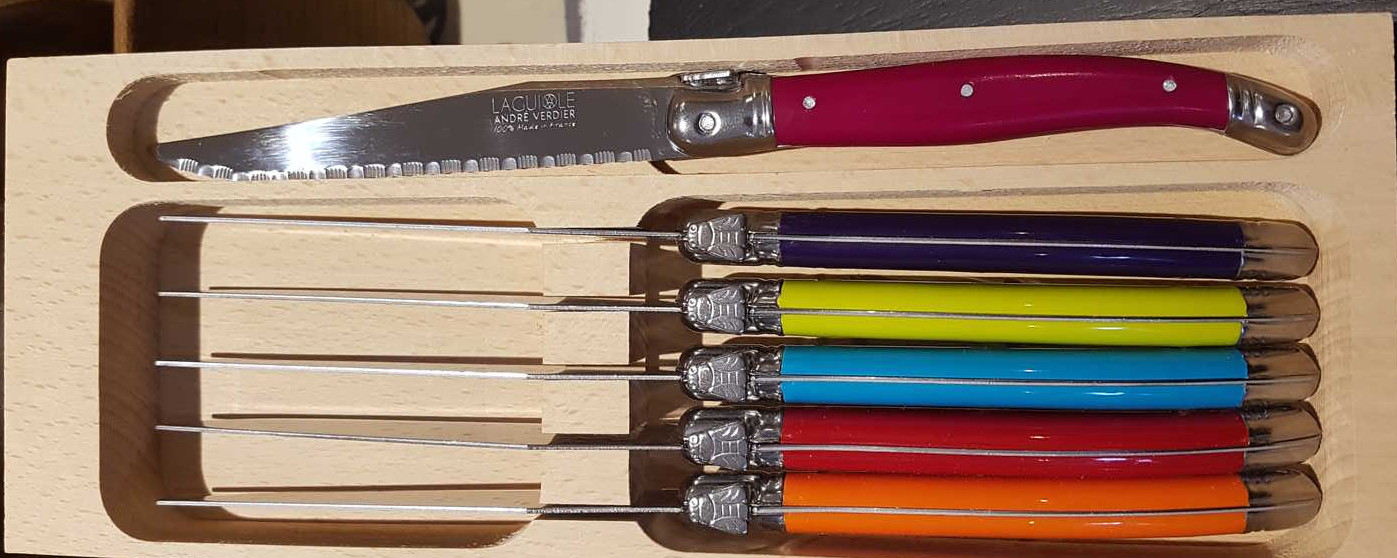
I got my brother a set of fine steak knives on his birthday for me to use. They're Laguiole - the fancy French ones with the little bumble bee emblems.
I had a craving for lobster. I don't know why.
I think it started with the Deconstructed grilled Caesar salad.
I had a craving for Caesar salad. I don't know why.
But now I can at least stab it with my Kurt's steely knives.
In Which Karl Solves Wind Turbines

I solved wind turbines.
You're welcome!
The problem with the electricity from wind turbines, and solar panels of course, is that it's useless. It's unreliable. It's available only when the weather permits it. Imagine that you're a householder or an industrialist and someone offers to sell you electricity. Cheap electricity. "Great!" you say - I'll need 2KW available 9-5 and I guess I can manage with 1KW the rest of the day. "No." says the salesgit, "You don't understand." says the salesgit, "You can only use our electricity when we randomly produce it. Not whenever you want it." "Oh!" says you. "No thanks" says you. "That's useless to me." says you. Because it's useless to you. It's useless to anyone. Unless they happen to be in the electricity storage business. Which is why wind electricity - unreliable electricity - is worthless. Which is why no-one will buy it.
But the Government wants to sell it. They're desperate to sell it. They need to sell it so that they can save the world from climate, and make all their land-owning friends rich in the process. So the Government forces the national electricity grid to buy it anyway. Simple. Problem solved. Right?
Wrong.
Here's what happens now.
That useless, worthless electricity that the national grid now has to buy displaces valuable, reliable, dispatchable electricity from power stations. So the power stations sell less of their electricity, so they have to put up their prices to cover their costs. So your electricity prices go up. Because you now have to pay for the reliable useful electricity that you still need as well as all that worthless unreliable electricity that the grid is paying full price for. So you use less. The industrialists use less - they shutter their factories or move them abroad. So the power stations sell less, so they start to cut back on their electricity production. They cut down on maintenance, on fuel stocks, on future investments. They close down perfectly good power stations that have now become uneconomic. Or immoral. Or racist.
So now, your electricity is more expensive and it's less reliable. There are brownouts. Blackouts.
The more useless, worthless, unreliable electricity the Government forces the grid to buy the more expensive and less reliable your electricity inevitably becomes. It's happening in Germany. It's happening in the UK. It's happening in California. It's happening in Australia. It's happening in Texas, of all places.
And there's no way of avoiding it. It's inescapable.
Because without storage, unreliable electricity is useless and worthless. And battery storage is far, far too expensive. And hydrogen storage is too stupid and dangerous. And pumped hydro is too difficult and long-term an investment for Governments which have hungry land-owning friends who want their subsidies NOW.
But.
There is a simple solution. Because there's a perfectly good purchaser of unreliable electricity with plenty of storage right there. Already built into the system: The power stations!
They have storage in the form of fossil fuels. And they would happily buy unreliable electricity, stabilise it through their power stations, and sell it to their existing customers if that meant they could save money on their fossil fuel usage and increase their profits. If the wind farms can produce electricity cheaper than power stations. And if the wind farms will sell their unreliable, cheap, electricity to power stations for less than the power stations would spend on the fuels needed to produce that same electricity then the power stations will buy it. They will buy it of their own free will. Because it will make them more money. And save their fossil fuels. And save consumers money. And save the planet from the climate. Everyone wins!
But of course, it won't happen.
Because Governments are stupid and feckless and their land-owning friends are clever and greedy. The wind farms don't have to sell their electricity to power stations for less than the cost of reliable electricity, because the Government has guaranteed them the price of reliable electricity. And so they won't. They'll keep on selling it to you for full price.
So better get used to unaffordable electricity and rolling blackouts. It's the new normal.
Have an egg.
Chaud-Froid d'oeuf
Arpège Eggs
Arpège Eggs
starter snack veg
About 35 years ago in 1986 a superstar chef called Alain Passard working at his Michelin-starred Paris Restaurant L'Arpège managed the impossible:
he invented a new way to boil an egg!
Variously known as the Arpège Egg, Chaud-Froid d’Oeuf (Hot-Cold Egg), or Coquetier Maison de Cuisine (House Egg) at the Arpège itself.
The concept is a fusion of oppositions - the warm yolk and the cold cream, the sulfurous chives and the sugary syrup.
Of course Passard is also responsible for a Frankenstein monstrosity called Corps à Corps (Body-to-Body), consisting of half a chicken inelegantly stitched to half a duck. So he's not really all that.
Perhaps unsurpisingly, he is also now mostly a vegetarian.
Anyway, here is that egg.
Work fast to serve it immediately after assembly lest its essences miscegenate like an uncomfortable chiducken.
Variously known as the Arpège Egg, Chaud-Froid d’Oeuf (Hot-Cold Egg), or Coquetier Maison de Cuisine (House Egg) at the Arpège itself.
The concept is a fusion of oppositions - the warm yolk and the cold cream, the sulfurous chives and the sugary syrup.
Of course Passard is also responsible for a Frankenstein monstrosity called Corps à Corps (Body-to-Body), consisting of half a chicken inelegantly stitched to half a duck. So he's not really all that.
Perhaps unsurpisingly, he is also now mostly a vegetarian.
Anyway, here is that egg.
Work fast to serve it immediately after assembly lest its essences miscegenate like an uncomfortable chiducken.
Serves 4
Ingredients
- 4 eggs
- pinches of ground black pepper
- 4 tbsp chives, chopped
- 150ml double cream
- splash sherry vinegar
- Quatre Epices - pinches of nutmeg, ginger, white pepper and cloves
- drizzles of maple syrup
Cut open the eggs with an egg topper, and discard the whites, restraining the unbroken yolk with your fingers, or a spoon, or whatever.
Keep the eggs in their carton while you work on them.
Lower the eggs to float in simmering water, switch off the heat, and allow to cook for 3 mins.
Add a few dashes of sherry vinegar to taste, and whip the cream to very soft peaks. You can chill the bowl you're using if you want to keep the temperature low.
Fill a piping bag with the mixture if you intend to pipe the cream.
Take the eggs from the water and carefully spoon or pipe the whipped cream on top to almost fill the egg shells.
Drizzle with maple syrup, sprinkle with chopped chives, and serve immediately in egg cups.
An egg topper, sure.
Well, I remembered from my childhood a Ladybird-type science book that described a trick for cutting sheets of glass with an ordinary pair of scissors by holding the glass underwater. So I had a go at neatly sawing off the top of the eggs with a fine hacksaw blade by holding them underwater.
It works pretty well - draw your guide mark around the egg about ½" below the tip. After which you can cut through the remaining membrane with a scalpel and empty out the contents.
Don't use marker pen as it will stain the shell and you'll have to use vinegar to remove it which also bleaches the shell resulting in an oddly mottled appearance.
You could try pencil?
Word on the street is that the eggs will float better for simmering if you cut off their fat end. Take that Lilliputians!
Season each yolk with a pinch of black pepper and sea salt, and three scoops of chives applied with a small melon baller.Well, I remembered from my childhood a Ladybird-type science book that described a trick for cutting sheets of glass with an ordinary pair of scissors by holding the glass underwater. So I had a go at neatly sawing off the top of the eggs with a fine hacksaw blade by holding them underwater.
It works pretty well - draw your guide mark around the egg about ½" below the tip. After which you can cut through the remaining membrane with a scalpel and empty out the contents.
Don't use marker pen as it will stain the shell and you'll have to use vinegar to remove it which also bleaches the shell resulting in an oddly mottled appearance.
You could try pencil?
Word on the street is that the eggs will float better for simmering if you cut off their fat end. Take that Lilliputians!
Lower the eggs to float in simmering water, switch off the heat, and allow to cook for 3 mins.
The yolks should be warmed but not set.
Meanwhile season the cream with four pinches each of sea salt, pinches of nutmeg, ginger, white pepper and cloves.
Opinions vary on the precise seasonings. If any. These four constitute the traditional French quatre epices.Add a few dashes of sherry vinegar to taste, and whip the cream to very soft peaks. You can chill the bowl you're using if you want to keep the temperature low.
Fill a piping bag with the mixture if you intend to pipe the cream.
Take the eggs from the water and carefully spoon or pipe the whipped cream on top to almost fill the egg shells.
Drizzle with maple syrup, sprinkle with chopped chives, and serve immediately in egg cups.
Interesting. Not earth-shattering. But still, they are just boiled eggs.
I was quite proud of my neat topping process though.
You could experiment with other flavours, Passard has suggested substituting chervil or tarragon for the chives, and Californian David Kinch uses coriander honey and a coriander flower as a finish over lemon cream.
You could experiment with other flavours, Passard has suggested substituting chervil or tarragon for the chives, and Californian David Kinch uses coriander honey and a coriander flower as a finish over lemon cream.
He's Not Dead!

He's resting.
Pining for the fjords.
But he's still cooking. So maybe I'll just leave all these recipes here. Until I get motivated to record the hilarious anecdotes which go with them.
I'm Dreaming of a White Day Within the Window of Christmas

Well it snowed. Feebly. Early on Boxing Day morning.
Wooo!
When I was a kid it snowed on Christmas Day every year. All day. Just like in the bible.
How I miss those classic Christian holidays 😢
Well, you know the drill by now - presents, drink, comedy starter, goose dinner - table groaning under all the trimmings, crackers, pudding, grumpy child....
I got a rather spectacular bottle of Mammoth vodka this year Thanks Kurt! - so good it would have been criminal to mix it. And I found some rather fetching plum pudding cruets in a charity shop. Or was that last year. Anyway, don't they make a fine set?
My Christmas cracker this year had an unnecessarily challenging dingbat puzzle which took me two days to solve.
Now you can enjoy it too!
These are quality crackers mind - I've been putting my bottle opener gift to good use every bath night, though the hat was still shit.
To go with this year's infeasibly massive cheese hamper (pre-ordered from Czerwik's Wine & Cheesemonger don't you know) I also found some really good, limited edition, truffle flavoured crisps that I liked.
They've gone now. Hope they come back next year (looking at YOU Local Fucking Supermarket™).
In keeping with my old-fashioned views on appropriate yule weather, I still send snail-mail cards at Christmas. Due to the rate at which my old friends have started moving, or dying, this year I decided to write my return address on the back of all of them, just in case. Colour me surprised when the card I sent to my relatives in Canada was returned to sender - address unknown.
I've been sending a card to the same house for decades without adding a return address so who knows how long ago they quietly moved? Or died?
So Merry Christmas and a Happy 2022 wherever you are Aunty Dawn.
Ya Dick!
Cranberry Tuile with Stilton Foam
starter snack veg cheese
The original article's photos of this pretty red and white dish
looked perfect for Christmas, so I decided to give it a go.
As instructed I used a Grenache heavy fruity Côtes du Rhônes red wine, but I substituted 100g of mild and creamy blue cambazola for the stilton, since I was making it for diners who don't really like strong cheese and the foam I made was delicious. Though it did take two nitrous charges to foam properly, not the one.
Getting the purée spread smoothly and evenly and with the right thickness is the trickiest part. Except for rolling them into cigars. That's also the trickiest part 😉 I bought a smooth silicon mat which is pretty essential for the baking, and an extra-wide cake scraper for the purée spreading. This will make about enough purée to cover two 12" square baking sheets, producing about a dozen tuiles. (Or tuile-like shapes 🙂) But I think these would actually be better shorter than the 12cm suggested - maybe about half that length.
I didn't quite figure out the secret to always getting the tuiles uniformly crispy, as opposed to sadly leathery:
Obviously they need to be baked the correct amount of time - too little and they won't completely harden, too much and they'll shatter before you can roll them up. Which timing and success also depends on the thickness and even-ness of the layer you made.
And obviously they must then be stored in a dry environment - I added a couple of silica gel packets to a tupperware container which I stored in the fridge, though that may not have been ideal.
And even more obviously they must be served immediately after filling.
But there was still some variation in mine.
As instructed I used a Grenache heavy fruity Côtes du Rhônes red wine, but I substituted 100g of mild and creamy blue cambazola for the stilton, since I was making it for diners who don't really like strong cheese and the foam I made was delicious. Though it did take two nitrous charges to foam properly, not the one.
Getting the purée spread smoothly and evenly and with the right thickness is the trickiest part. Except for rolling them into cigars. That's also the trickiest part 😉 I bought a smooth silicon mat which is pretty essential for the baking, and an extra-wide cake scraper for the purée spreading. This will make about enough purée to cover two 12" square baking sheets, producing about a dozen tuiles. (Or tuile-like shapes 🙂) But I think these would actually be better shorter than the 12cm suggested - maybe about half that length.
I didn't quite figure out the secret to always getting the tuiles uniformly crispy, as opposed to sadly leathery:
Obviously they need to be baked the correct amount of time - too little and they won't completely harden, too much and they'll shatter before you can roll them up. Which timing and success also depends on the thickness and even-ness of the layer you made.
And obviously they must then be stored in a dry environment - I added a couple of silica gel packets to a tupperware container which I stored in the fridge, though that may not have been ideal.
And even more obviously they must be served immediately after filling.
But there was still some variation in mine.
Makes about 8-12 of the full-length tuiles.
Ingredients
Cranberry tuile:- 20g of Isomalt sugar you can use up to 30g I reckon
Cranberry purée:- 200ml of red wine
- 250g of frozen cranberries
- 4 tbsp of caster sugar
Stilton foam:- 95g of Colston Basset stilton or something milder
- 250ml of double cream
- 150ml of whole milk
- 1 pinch of salt
To make the cranberry purée, bring the wine to a boil and reduce it to 75ml.
Place the cranberries in a pan and pour over the reduced red wine whilst still hot. Bring to the boil, reduce the heat and cook until the cranberries start to collapse.
Whizz in a food blender until smooth.
Pass through a fine sieve, add sugar to taste, and cool. Store until required.
To make the cranberry tuile, heat the oven to 90°C. Put the cranberry purée and Isomalt sugar up to 30g seems to be fine, maybe even better into a pan and place on the stove, warming just enough for the sugar to dissolve, stirring continuously.
Pour onto a silicon baking mat and, using a 24cm/12inch step pallet knife, spread a thin, even layer of the mixture over the surface of the mat.
Cook for 45 - 50 minutes or until set.
Once set, remove from the oven and carefully peel the sheet of tuile off the mat and put it on a board. Cut out 6cm x 12cm 6cm x 7cm? rectangles and return these to the mat, shiny side down.
Put back into the oven and continue drying for a further 45 minutes or longer.
Place the cranberries in a pan and pour over the reduced red wine whilst still hot. Bring to the boil, reduce the heat and cook until the cranberries start to collapse.
Whizz in a food blender until smooth.
Pass through a fine sieve, add sugar to taste, and cool. Store until required.
To make the cranberry tuile, heat the oven to 90°C. Put the cranberry purée and Isomalt sugar up to 30g seems to be fine, maybe even better into a pan and place on the stove, warming just enough for the sugar to dissolve, stirring continuously.
Pour onto a silicon baking mat and, using a 24cm/12inch step pallet knife, spread a thin, even layer of the mixture over the surface of the mat.
Cook for 45 - 50 minutes or until set.
Once set, remove from the oven and carefully peel the sheet of tuile off the mat and put it on a board. Cut out 6cm x 12cm 6cm x 7cm? rectangles and return these to the mat, shiny side down.
Put back into the oven and continue drying for a further 45 minutes or longer.
Mine took about an hour the first round and maybe a bit longer the second.
On the first round you want the sheet to be firm enough to hold together when you peel it off the silicon mat, but pliable enough to not break when you bend or cut it. I found it easiest to turn the silicon baking mat upside down, carefully pry loose one end of the sheet with a knife and then peel the mat away from from the cranberry sheet, rather than the other way around.
For the second round you need the rectangles just soft enough to work with, but for them to quickly harden up in perhaps 30 seconds. I peeled off one rectangle at a time from the baking sheet inside the oven, leaving the others there while I rolled that rectangle up. Then you don't need to rush, or worry about the others setting too soon.
While the tuiles are still warm wrap them around 12cm long metal tubes that are 2cm in diameter.
As the tuiles cool you can remove the tube and they will crisp up. Store in an airtight container until required.On the first round you want the sheet to be firm enough to hold together when you peel it off the silicon mat, but pliable enough to not break when you bend or cut it. I found it easiest to turn the silicon baking mat upside down, carefully pry loose one end of the sheet with a knife and then peel the mat away from from the cranberry sheet, rather than the other way around.
For the second round you need the rectangles just soft enough to work with, but for them to quickly harden up in perhaps 30 seconds. I peeled off one rectangle at a time from the baking sheet inside the oven, leaving the others there while I rolled that rectangle up. Then you don't need to rush, or worry about the others setting too soon.
Oh, you can remove the tube can you?
I tried everything to prevent the rolled candy from sticking to my metal tube (except trying a wooden one?) - wiping it with a damp cloth (obviously a bad idea), brushing it with icing sugar, greasing it lightly with oil. Nothing worked.
In the end I just used the pipe as a loose guide for the rolling process, never pressing the tuile too firmly against the metal. Some of the cylinders stiffened up almost immediately, but I also had on hand some short pieces of string to tie around those which took a little longer to harden while I got on with the next one.
You need the candy rectangles to be wide enough to either overlap when rolled or have the ends just meet and press together. It's probably better to overlap the roll a little so there's no gap for the foam to squirt out of when you fill them. After a practice round I cut mine wider than suggested at 7cm to (gently) wrap around a 2cm diameter tube.
To make the Stilton foam, bring the milk and cream up to the boil, reduce the heat, add the cheese and allow to melt.
Mix using a hand blender, then pass the mixture through a fine sieve.
Pour into a ½ litre espuma gun, turn upside down, and charge once or twice! with an ISI charger.
Shake lightly and store in the fridge until required.
I tried everything to prevent the rolled candy from sticking to my metal tube (except trying a wooden one?) - wiping it with a damp cloth (obviously a bad idea), brushing it with icing sugar, greasing it lightly with oil. Nothing worked.
In the end I just used the pipe as a loose guide for the rolling process, never pressing the tuile too firmly against the metal. Some of the cylinders stiffened up almost immediately, but I also had on hand some short pieces of string to tie around those which took a little longer to harden while I got on with the next one.
You need the candy rectangles to be wide enough to either overlap when rolled or have the ends just meet and press together. It's probably better to overlap the roll a little so there's no gap for the foam to squirt out of when you fill them. After a practice round I cut mine wider than suggested at 7cm to (gently) wrap around a 2cm diameter tube.
I let my mixture cool in the foamer before sealing and charging. I don't know if it makes any difference.
To serve, fill the tubes with the Stilton foam using the espuma gun.
Arrange on a plate or bowl, and serve immediately.
Most excellent!
Though an awful lot of trouble for a couple of tuiles per person!
Leftover Christmas Quiche
main fowl cheese
Stuff all your leftover Christmas into one glorious quiche!
I had goose stuffing, herbs, cheese (no, not all my good Christmas cheeses - just the rubbish ones - Lancashire, some cheap cheddar, and a goat brie) and, bizarrely, spinach.
I had goose stuffing, herbs, cheese (no, not all my good Christmas cheeses - just the rubbish ones - Lancashire, some cheap cheddar, and a goat brie) and, bizarrely, spinach.
Serves 6
Ingredients
For the Pastry:- 6 oz plain flour
- 3 oz lard or butter, chilled, diced
- ½ tsp salt
- a few spoons cold water
For the Filling:- 200ml double cream
- 50-100ml milk
- 4-5 eggs
- salt &pepper
- cheese, sliced or grated
- Christmas leftovers
Sift the flour into a bowl, sprinkle in a little salt, and quickly rub in the diced fat. Don't overwork it.
When you reach coarse breadcrumbs, gradually cut in cold water with a knife until the mixture begins to cohere.
Gather into a ball, wrap in clingfilm and chill for half an hour.
Preheat the oven to 200°C/Gas Mark 6.
Roll out the dough and line a quiche dish or in my case a ludicrously deep oven dish. Chill again for 30 minutes if you can be bothered. Prick all over with a fork, line with baking paper or foil, fill with baking beans and bake in the centre of the oven for 10 minutes. Remove the beans and paper, return to the oven and bake for a further 10 minutes until the pastry is cooked and colouring lightly.
Turn the oven down to 180°C/Gas Mark 5 or lower, if you have a deep, fat quiche like mine.
Cover the base of the quiche with your chopped Christmas leftovers.
Whisk the egg with the milk and cream. Season with salt & pepper. Pour into the quiche to fill it up.
Test with a skewer to make sure the centre is hot. Don't overcook it though.
Serve hot or warm.
When you reach coarse breadcrumbs, gradually cut in cold water with a knife until the mixture begins to cohere.
Gather into a ball, wrap in clingfilm and chill for half an hour.
Preheat the oven to 200°C/Gas Mark 6.
Roll out the dough and line a quiche dish or in my case a ludicrously deep oven dish. Chill again for 30 minutes if you can be bothered. Prick all over with a fork, line with baking paper or foil, fill with baking beans and bake in the centre of the oven for 10 minutes. Remove the beans and paper, return to the oven and bake for a further 10 minutes until the pastry is cooked and colouring lightly.
Turn the oven down to 180°C/Gas Mark 5 or lower, if you have a deep, fat quiche like mine.
Cover the base of the quiche with your chopped Christmas leftovers.
I had a layer of stuffing, and then spinach which I microwaved on high for 1 minute then minced.
And various chopped herbs.
Scatter with your grated or sliced (as for a Brie) cheese.Whisk the egg with the milk and cream. Season with salt & pepper. Pour into the quiche to fill it up.
If you end up with insufficient liquid you should go back in time and use more eggs, milk, or cream in your mixture.
Put the dish on a baking sheet and bake for about 30 minutes or more like an hour for a deep dish until the custard is golden on top and set.Test with a skewer to make sure the centre is hot. Don't overcook it though.
Serve hot or warm.
Well, mine was pretty tasty. Like Christmas itself, your mileage may vary.
It's Raining Leaves!

Hallelujah!
Autumn has arrived abruptly. I went from running my blessed air conditioner to putting on extra jumpers almost, it seems, overnight.
Just in time for the fuel and gas shortages.
I feel a bleak midwinter coming.
I made a flying visit to Edinburgh to visit Flora, get some decent food courtesy of another fine dinner at Martin Wishart's Thanks Martin! and fit in a day's nostalgic sailing on Yacht Erin.
Edinburgh was strangely subdued for festival week having been terrified into submission by Scotland's First Minister - a horror film hybrid of an authoritarian Angela Merkel and bumbling Janette Krankie.
Quite a nice change to be able to get a seat in the pubs and bars if I'm honest. Not so easy to get a table at any up-market restaurant though where, one supposes, the lockdown-rich and isolated are now spending all their time and money. Or, it turns out, a berth on a boat loaded with risk-averse COVID hysterics who, despite being thoroughly vaccinated, are irrationally terrified of anyone who isn't.
Flora was game though, so we had fun anyway. I introduced her to the BBC's Ghosts and she cooked an excellent steak dinner for me and her friend Mini-Flora.
Flora's Dad(RIP) was a master of understated, unfussy but expert home cooking and his fillet steak dinners were a staple.
Flora did him proud, with a little help from my creamy chanterelles and nutty brown cavolo nero.
I feel a bleak midwinter coming.
I made a flying visit to Edinburgh to visit Flora, get some decent food courtesy of another fine dinner at Martin Wishart's Thanks Martin! and fit in a day's nostalgic sailing on Yacht Erin.
Edinburgh was strangely subdued for festival week having been terrified into submission by Scotland's First Minister - a horror film hybrid of an authoritarian Angela Merkel and bumbling Janette Krankie.
Quite a nice change to be able to get a seat in the pubs and bars if I'm honest. Not so easy to get a table at any up-market restaurant though where, one supposes, the lockdown-rich and isolated are now spending all their time and money. Or, it turns out, a berth on a boat loaded with risk-averse COVID hysterics who, despite being thoroughly vaccinated, are irrationally terrified of anyone who isn't.
Flora was game though, so we had fun anyway. I introduced her to the BBC's Ghosts and she cooked an excellent steak dinner for me and her friend Mini-Flora.
Flora's Dad(RIP) was a master of understated, unfussy but expert home cooking and his fillet steak dinners were a staple.
Flora did him proud, with a little help from my creamy chanterelles and nutty brown cavolo nero.
Hallowe'en Stuffed Peppers
main meat cheese
I fancied the idea of a novelty Hallowe'en dinner for the young Philistine,
and so I riffed on Chef John's recipe for pepper Jack-O'-Lanterns.
I didn't have orange peppers, so I substituted yellow ones. I don't remember the pepper stuffing I used, probably some leftovers, nor do I now remember which of my many tomato sauce options I made - just be sure to make it good and blood red.
I thought they looked rather fine. The ingrate was not impressed.
I didn't have orange peppers, so I substituted yellow ones. I don't remember the pepper stuffing I used, probably some leftovers, nor do I now remember which of my many tomato sauce options I made - just be sure to make it good and blood red.
I thought they looked rather fine. The ingrate was not impressed.
Serves 4
Ingredients
- 1 teaspoon olive oil
- 4 large orange bell peppers
- 1 pound ground beef
- 2 teaspoons kosher salt
- ½ teaspoon ground black pepper
- 3 pinches cayenne pepper, or to taste
- 1 teaspoon Worcestershire Sauce
- 3 cloves garlic, minced
- ⅓ cup thinly sliced green onions
- 2 tablespoons salted butter, melted
- 2 tablespoons ketchup
- 1 cup grated sharp Cheddar cheese
- 1 cup cooked rice
- 2 cups seasoned tomato sauce, warmed
Preheat the oven to 400 °F (200 °C). Oil a baking dish with olive oil.
Use a small knife to cut eyes, nose, and mouth into the flattest side of each pepper, just like a jack-o'-lantern. Cut around the seedpods and remove the tops, trimming and discarding any seeds from under the stems. Trim the white membrane from the inside of each pepper and shake out any seeds. Place in the prepared baking dish.
Mix together ground beef, salt, pepper, cayenne, Worcestershire sauce, garlic, green onions, melted butter, ketchup, Cheddar cheese, and rice in a bowl until well combined.
Stuff mixture evenly into peppers and cover with the pepper tops. Wrap the baking dish loosely with foil and place on a sheet pan.
Bake in the upper center of the preheated oven for 1 hour. Remove the foil and continue baking until peppers are tender and ground beef is cooked through, 10 to 15 more minutes.
Place stuffed peppers on a few tablespoons of warm tomato sauce. Serve immediately with more sauce on the side.
Use a small knife to cut eyes, nose, and mouth into the flattest side of each pepper, just like a jack-o'-lantern. Cut around the seedpods and remove the tops, trimming and discarding any seeds from under the stems. Trim the white membrane from the inside of each pepper and shake out any seeds. Place in the prepared baking dish.
Mix together ground beef, salt, pepper, cayenne, Worcestershire sauce, garlic, green onions, melted butter, ketchup, Cheddar cheese, and rice in a bowl until well combined.
Stuff mixture evenly into peppers and cover with the pepper tops. Wrap the baking dish loosely with foil and place on a sheet pan.
Bake in the upper center of the preheated oven for 1 hour. Remove the foil and continue baking until peppers are tender and ground beef is cooked through, 10 to 15 more minutes.
Place stuffed peppers on a few tablespoons of warm tomato sauce. Serve immediately with more sauce on the side.
If you like to poison your nephew with healthy vegetables, then add some plain boiled broccoli to act as greenery for the pumpkin head to hide in.
Journey's End
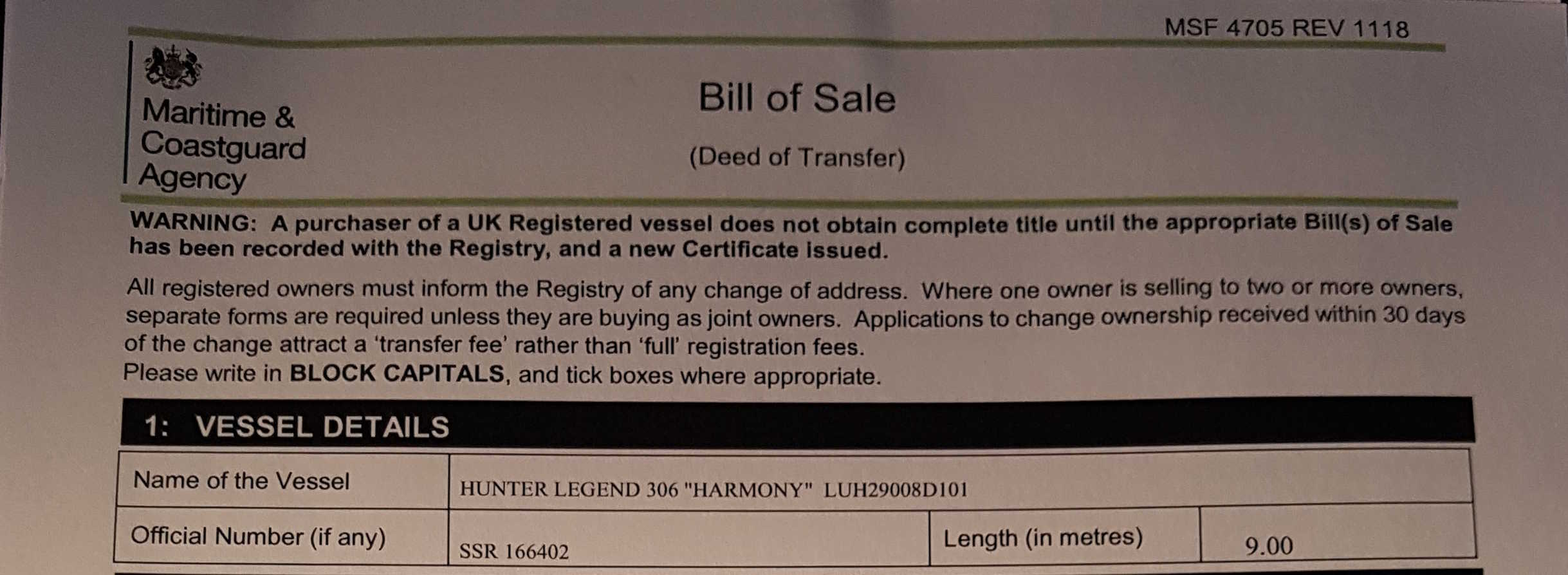
Yes, she's gone, gone, gone.
The day has come at last and I don't whether to laugh or cry. Harmony is sold.😢
On the one hand she was only getting yellower and weedier sitting there unused in North Shields, but on the other hand... well, we had some good times.
I dropped in again to finish emptying her the other day (don't ask!) and I was describing to my boat broker how intimately I knew the boat - even after all this time away, in the pitch dark I could still put my hand on any light switch. Boats have lots of small lights, and lots of small light switches. And I knew them all. Sigh.
Eventually it's going to be a weight off my mind - the berthing fees and the worry about damage every time there's bad weather. I had noticed, last time I visited, that one of her shore lines had almost worn through. (Good job I'd doubled them up 😉)
But until then, every time there's a fresh breeze early on a sunny morning I still keep thinking God, I miss sailing. I should get a boat!
While I was visiting I took some people, who turned out to be the new owners, out for a demonstration and we motored downriver and briefly got the sails up in the bay off South Shields at the mouth of the Tyne. So I did get a last sail on her after all. And the best of it was nothing broke, went wrong, or fell off. Bonus!
So Malcolm and Karen - I wish you all the best sailing. If Harmony brings you only a tenth of the joy I had you'll have struck a bargain!
As for me - perhaps one day I'll move back closer to the sea...
Old Salad Gazpacho Soup
soup salad veg vegan
I had made up a pretty reasonable green salad made from mandolined cabbage, red onion, carrots, chillies, green olives, cornichons,
and pimped out with chopped parsley, broccoli florets, capers and a drizzle of fine chardonnay vinegar.
Unfortunately I couldn't eat it because one of my teeth has decided to split, and until I get it extracted I can only drink.
Thank God for drink!
So, I turned the salad into a fluid by blending it up with some tomato juice, that I had spare from the Bloody Marys.
It does look a bit brown, but served with paprika, a few sour cream trails and drizzled with expensive olive oil it's really rather nice!
You can add pickled beetroot to redden it, but you do need quite a lot, which starts to affect the flavour.
I had another go at making two of these soups:
Thank God for drink!
So, I turned the salad into a fluid by blending it up with some tomato juice, that I had spare from the Bloody Marys.
It does look a bit brown, but served with paprika, a few sour cream trails and drizzled with expensive olive oil it's really rather nice!
You can add pickled beetroot to redden it, but you do need quite a lot, which starts to affect the flavour.
I had another go at making two of these soups:
- I blended one with fresh beetroot juice and a splash of balsamic or aged red wine vinegar. You certainly get a fantastic deep blood colour from the beetroot, but the dark musty flavour is a bit overwhelming. You need to avoid overdoing the juice, or cutting it with tomato juice or some other reddish liquid.
- To get a brighter green gazpacho I added spinach to the second blend and thinned it with Welch's White Grape Pear & Apple juice and a splash of chardonnay vinegar. That worked pretty well, though again it's easy to allow the spinach flavour to dominate.
Ingredients
- leftover salad
For colour:- fresh or pickled beetroot
- spinach
For liquid:- tomato juice
- beetroot juice
- apple, grape or pear juice. Or even apple, grape and pear juice!
For flavour:- balsamic vinegar
- aged red wine or chardonnay vinegar
- white wine
- Worcestershire sauce
- vodka
- cognac
Blend your salad until it's smooth, thinning with the liquid of your choice.
Flavour.
Season.
Serve with a drizzle of fine olive oil, a few torn herbs, a swirl of sour cream or a dollop of yoghurt. As you prefer.
Flavour.
Season.
Serve with a drizzle of fine olive oil, a few torn herbs, a swirl of sour cream or a dollop of yoghurt. As you prefer.
Almost makes me want to keep my split tooth. Almost.
Exotic Chicken and Rice
fowl main
Internet chef John
from Food Wishes dot Com has the weirdest lilting accent.
I'm not sure if I love it or hate it.
But I did enjoy his exotic chicken.
But I did enjoy his exotic chicken.
Serves 4
Ingredients
For the Exotic Marinade:- ⅓ cup plain yogurt
- 1 medium lime, zested and juiced
- 2 teaspoons kosher salt or less
- 1 teaspoon ground paprika
- 1 teaspoon ground cumin
- ½ teaspoon ground coriander or 1
- ¼ teaspoon cayenne pepper or chilli powder
- ¼ teaspoon ground white pepper
- ¼ teaspoon ground cardamom
- ¼ teaspoon ground cinnamon
- ¼ teaspoon ground allspice
- 1 (2 to 3 pound) whole chicken, cut into 8 pieces
For the Rice:- 1 pinch saffron or 1 tsp turmeric
- 2 ¼ cups chicken broth, divided
- 2 tablespoons unsalted butter
- 1 teaspoon kosher salt
- 1 ½ cups basmati rice
- 1 drizzle olive oil
- salt to taste
For the Garlic Yogurt Sauce (Optional*):- ½ cup plain yogurt
- 2 cloves garlic, crushed
- 2 tablespoons thinly sliced green onions
- 2 tablespoons finely chopped mint
- 2 tablespoons finely chopped cilantro
- salt to taste
- 1 tablespoon water, or as needed
Add yogurt, lime zest and juice, salt, paprika, cumin, coriander, cayenne, white pepper, cardamom, cinnamon, and allspice for marinade to a large mixing bowl;
whisk to combine.
Make one or two slits into each piece of dark chicken meat, down to the bone. Add chicken parts to the yogurt marinade and toss very thoroughly. Wrap in plastic wrap and marinate in the refrigerator for 4 to 8 hours.
Grind saffron in a mortar with a pestle. Pour in 1/4 cup chicken broth and stir to combine.
Roast in the center of the preheated oven until chicken is no longer pink in the centers and juices run clear, about 45 minutes. An instant-read thermometer inserted into the thickest part of the thigh, near the bone, should read 165°F (74°C).
While chicken is in the oven, mix yogurt, garlic, green onions, mint, cilantro, salt, and water (maybe a splash of chardonnay vinegar or lime juice too!) together for sauce. Reserve in the refrigerator until needed. Serve chicken and rice on a plate and top with sauce.
I reduced the salt to 1 teaspoon, increased the coriander to 1 tsp, and added ½ teaspoon of turmeric.
Make one or two slits into each piece of dark chicken meat, down to the bone. Add chicken parts to the yogurt marinade and toss very thoroughly. Wrap in plastic wrap and marinate in the refrigerator for 4 to 8 hours.
You can leave the chicken skin on or off, as you prefer. Or even used boned chicken parts.
Preheat the oven to 450°F/230°C/Gas Mark 8. Lightly grease a 9x13-inch casserole dish.Grind saffron in a mortar with a pestle. Pour in 1/4 cup chicken broth and stir to combine.
Or just substitute a teaspoon of turmeric for the colour.
Combine unsalted butter and salt in a saucepan; pour in remaining 2 cups chicken broth and chicken broth-saffron mixture. Bring to a boil over high heat.
Add basmati rice and stir to combine. Reduce heat to low, cover tightly, and let simmer gently for exactly 15 minutes; do not disturb while cooking.
Turn off the heat and let rest for 10 minutes.
Though this uses proportionally rather less water than I'm used to (1.5-to-1 rather than 2-to-1) it does work pretty well leaving the rice fairly firm for casseroling.
You need to turn the heat down very low though, and you still might get a little browning on the bottom.
Though 1½ cups of rice is just about right for 3 people, you might find you need more - say 2 cups rice and 3 cups of chicken stock. Which you made by boiling up the remains of the chicken carcass.
While the rice is still hot, transfer it into the prepared casserole dish. Use a fork to fluff the rice while gently spreading into an even layer.
Place the chicken pieces, skin-side up, on top of rice. Drizzle with olive oil and sprinkle with salt.
Though 1½ cups of rice is just about right for 3 people, you might find you need more - say 2 cups rice and 3 cups of chicken stock. Which you made by boiling up the remains of the chicken carcass.
Not sure about olive oil, which seems an odd flavour here.
Maybe vegetable oil, ghee or dot with butter?
Roast in the center of the preheated oven until chicken is no longer pink in the centers and juices run clear, about 45 minutes. An instant-read thermometer inserted into the thickest part of the thigh, near the bone, should read 165°F (74°C).
While chicken is in the oven, mix yogurt, garlic, green onions, mint, cilantro, salt, and water (maybe a splash of chardonnay vinegar or lime juice too!) together for sauce. Reserve in the refrigerator until needed. Serve chicken and rice on a plate and top with sauce.
Went down well. As far as one can tell with a grumpy child who mysteriously refuses to eat anything, but then sneaks back later and wolfs down the lot.
And even though I only used skinless chicken breasts, it really does take ¾ hour at Gas Mark 8! Which can turn the rice a little crunchy around the edges.
And even though I only used skinless chicken breasts, it really does take ¾ hour at Gas Mark 8! Which can turn the rice a little crunchy around the edges.
It goes well with broccoli florets browned, fried briefly with a turmeric/ginger/mustard powder paste, then dressed with grated creamed coconut.
* The sauce is not optional!
Oven Roast Sausages
DESCRIPTION
main breakfast meat
So if you're too lazy to fry your sausages,
don't own a frying pan, or can't be bothered because the Philistines you're cooking for can't tell the difference - you can roast your sausages in the oven.
Despite what some websites might have you believe they certainly won't manage it in 20 minutes at Gas Mark 4 though, so start them off at Gas Mark 5-6/190-200°C/380-400°F, allow 30 minutes, and don't overload the oven dish.
Give them a good greasing with dripping, lard or oil and turn them over every 10 minutes, so you can keep an eye on them. And for Christ's sake don't prick them!
The only real advantage oven-roasting has over pan-frying is that you can more successfully roast frozen sausages. It will take more like 45 minutes, at a slightly lower temperature, and you will need to keep turning them.
Despite what some websites might have you believe they certainly won't manage it in 20 minutes at Gas Mark 4 though, so start them off at Gas Mark 5-6/190-200°C/380-400°F, allow 30 minutes, and don't overload the oven dish.
Give them a good greasing with dripping, lard or oil and turn them over every 10 minutes, so you can keep an eye on them. And for Christ's sake don't prick them!
The only real advantage oven-roasting has over pan-frying is that you can more successfully roast frozen sausages. It will take more like 45 minutes, at a slightly lower temperature, and you will need to keep turning them.
COVID Springs Eternal

Spring is sprung, the grass is riz
I wonder where the boidies is
They say the boid is on the wing
But that's absoid, the wing is on the boid!
Ah, daffodil buds are finally appearing alongside the garbage-strewn road that leads to my nephew's school. In a good year they get the chance to blossom into flowers before the local school kids kick all their heads off.
In the movie of my life George Winston will provide the soundtrack to this time of year.
Though Spike Milligan made a good stab at lampooning the rainy season with recitals of his lovely pome. Well, not his. Author Unknown, apparently.
Over Easter I took time off to visit my yacht up in Newcastle, chase away the nesting seagulls and scrape off their Christmas presents.
Naturally it snowed. Welcome to Global Warming!
I spent the first couple of days aboard wallowing in the joy of Pringles after my Lentern abstention, and then buckled down to some overdue maintenance before clearing all my worldly possession out of the boat in preparation for selling her. Sigh 😢 Some of my worldly drinkables ended up in my tummy too.
Unfortunately, it turns out that all my worldly possessions won't fit into a moderately sized camper van, so Kurt and I will have to make a return trip in a few weeks to finish the job off. Meanwhile he's staunchly putting up with a large pile of some of my worldly possessions in the middle of his cellar floor.
When not on release from the Covid lockdown,
chez Sourville we spend a lot of our time bickering over the cooking, shopping, and whether or not we should all sit and gawp at the tellybox while we eat dinner.
I prefer the stimulation of conversation. But then, given where I'm living maybe I should just settle for the tellybox?
On the subject of shopping - I was forced, forced to order some rather nice Forvm wine vinegars which I can highly recommend from Melbury and Appleton (which definitely doesn't sound like a made up posh food company), due to the unusable ghastly supermarket horrors my brother bought us.
When you're on a high-salad diet, the quality of your dressings become depressingly important. But these matured vinegars definitely help.
And so, I've been doing healthy things with melons, and I finally managed to make a decent roast out of a topside beef joint, after years of trying, though it was not to everyone's taste 😉
Lastly, George's school has moved on from pushing Rice Krispies to pimping out Corn Flakes. Forcing me to adapt accordingly. Fortunately they haven't yet cut off my bagel supply - which is currently just about my only source of carbohydrates.
Those pounds don't lose themselves!
On the subject of shopping - I was forced, forced to order some rather nice Forvm wine vinegars which I can highly recommend from Melbury and Appleton (which definitely doesn't sound like a made up posh food company), due to the unusable ghastly supermarket horrors my brother bought us.
When you're on a high-salad diet, the quality of your dressings become depressingly important. But these matured vinegars definitely help.
And so, I've been doing healthy things with melons, and I finally managed to make a decent roast out of a topside beef joint, after years of trying, though it was not to everyone's taste 😉
Lastly, George's school has moved on from pushing Rice Krispies to pimping out Corn Flakes. Forcing me to adapt accordingly. Fortunately they haven't yet cut off my bagel supply - which is currently just about my only source of carbohydrates.
Those pounds don't lose themselves!
Slow-Roast Chicken with Fondant Potatoes
main staple fowl
This seemed like a fortuitous combination which requires surprisingly little supervision, for the most part.
Though I'm sure it's not quite the best way of roasting chicken, it may be the easiest.
It's basically this chicken roasting process with added potatoes.
Though I'm sure it's not quite the best way of roasting chicken, it may be the easiest.
It's basically this chicken roasting process with added potatoes.
Serves a Family
Ingredients
- 1 chicken
- butter
- garlic
- herbs
- ½ lemon
- potatoes
- chicken stock
Preheat the oven to Gas Mark 1.
Peel potatoes that aren't too floury and liable to fall apart. Cut them in half (lengthways or crossways - you decide) slice the opposite side flatter, then run a peeler or a small knife around the flat parts, turning them into vaguely barrel shapes, to remove the sharp edges that might burn. Put them in a bowl of water while you heat up a baking dish just large enough to hold them, half-filled with (ideally) chicken stock and flavoured with a few herbs and garlic cloves.
Mash up some butter, crushed garlic, salt, pepper and any herbs you like. Using a dessertspoon shove the mixture between the chicken breast and skin. Season the chicken cavity, fill with herbs of any description you fancy, and close with half a lemon.
Slice up some onions and layer them in the bottom of an oven tin. Put in the chicken, breast down, season, and smear over a little more butter. Surround the chicken with a few peeled carrots (cut lengthwise or into chunks if you prefer), a tablespoonful of liquid, loosely cover with foil and put in the middle of the oven.
Put the potatoes into the baking dish so the stock almost covers them, add a generous amount of butter (at least a couple of tablespoons), cover the dish lightly with foil, and put them in the top of the oven.
Now leave them for 2 hours.
After 2 hours, turn the oven up to Gas Mark 6.
Turn the potatoes over in the stock, uncover and return to the top shelf of the oven.
Turn the chicken breast-side up, smear with a little more butter and add a little liquid if required. Return, uncovered, to the middle of the oven.
You'll need to check on them occasionally now, but the chicken should be done after about 45 minutes, at which point you can take it out to rest before carving. At this point turn the potatoes, which by now should be roasting in pure fat and let the other side crisp up. Carve the chicken, strain the juices from the roasting tin and serve together with the potatoes and carrots.
Peel potatoes that aren't too floury and liable to fall apart. Cut them in half (lengthways or crossways - you decide) slice the opposite side flatter, then run a peeler or a small knife around the flat parts, turning them into vaguely barrel shapes, to remove the sharp edges that might burn. Put them in a bowl of water while you heat up a baking dish just large enough to hold them, half-filled with (ideally) chicken stock and flavoured with a few herbs and garlic cloves.
Mash up some butter, crushed garlic, salt, pepper and any herbs you like. Using a dessertspoon shove the mixture between the chicken breast and skin. Season the chicken cavity, fill with herbs of any description you fancy, and close with half a lemon.
Slice up some onions and layer them in the bottom of an oven tin. Put in the chicken, breast down, season, and smear over a little more butter. Surround the chicken with a few peeled carrots (cut lengthwise or into chunks if you prefer), a tablespoonful of liquid, loosely cover with foil and put in the middle of the oven.
Put the potatoes into the baking dish so the stock almost covers them, add a generous amount of butter (at least a couple of tablespoons), cover the dish lightly with foil, and put them in the top of the oven.
Now leave them for 2 hours.
After 2 hours, turn the oven up to Gas Mark 6.
Turn the potatoes over in the stock, uncover and return to the top shelf of the oven.
Turn the chicken breast-side up, smear with a little more butter and add a little liquid if required. Return, uncovered, to the middle of the oven.
You'll need to check on them occasionally now, but the chicken should be done after about 45 minutes, at which point you can take it out to rest before carving. At this point turn the potatoes, which by now should be roasting in pure fat and let the other side crisp up. Carve the chicken, strain the juices from the roasting tin and serve together with the potatoes and carrots.
The timing works pretty well, though you have to watch the potatoes pretty carefully towards the end if you want them crispy but not burned.
The chicken may take longer than advertised 😉
The chicken may take longer than advertised 😉
Cornflake Chicken
fowl main
Chicken covered with cornflakes and baked. Or are they corn flakes?
I followed Epicurious's transcription of the recipe. With added flour.
You could probably substitute Rice Krispies™ for the cornflakes.
The topping is crunchy. Though it also tastes distinctly of cornflakes.
I followed Epicurious's transcription of the recipe. With added flour.
You could probably substitute Rice Krispies™ for the cornflakes.
The topping is crunchy. Though it also tastes distinctly of cornflakes.
Serves 4
Ingredients
- a pound of chicken bits
- seasoned flour
- 1 egg
- a splash of milk
- a decent bowlful of cornflakes, crushed
Preheat the oven to Gas Mark 5-6/190-200°C.
Beat the egg with a splash of milk a couple of tablespoons will do in a bowl.
Put the cornflakes in a hole-free plastic bag and crush them up by running a rolling pin back and forth across the bag. They need to be reasonably fine, but not dust. Empty into a bowl.
Season a little flour in another bowl.
Thoroughly dry your chicken bits.
Bake for 30-40 minutes until cooked through.
Beat the egg with a splash of milk a couple of tablespoons will do in a bowl.
Put the cornflakes in a hole-free plastic bag and crush them up by running a rolling pin back and forth across the bag. They need to be reasonably fine, but not dust. Empty into a bowl.
Season a little flour in another bowl.
Thoroughly dry your chicken bits.
I used what my Local Fucking Supermarket™ calls chicken mini fillets.
Which are in fact just a collection of random skinned, boned, chicken bits.
I couldn't really get mine dry enough - hence the flour.
Roll each chicken bit in seasoned flour, shake off any excess, coat completely in the egg wash, shake of any excess, roll in the cornflakes to coat thoroughly,
then lay on a baking tray. Drizzle with oil or butter if you like.I couldn't really get mine dry enough - hence the flour.
Bake for 30-40 minutes until cooked through.
They're tasty enough, though a bit (ok, a lot) on the dry side. You'll need a dip or a sauce. Or a rich chicken gravy.
Serve with mash and some seriously good homemade coleslaw and pretend like you're at KFC.
Serve with mash and some seriously good homemade coleslaw and pretend like you're at KFC.
Seriously Good Homemade Coleslaw
salad veg
It's actually just a pretty run-of-the-mill coleslaw, but it does have the advantage of tasting pretty much like KFC's.
Well, as long as you don't add the celery seeds.
Perfect for budding little Philistines!
Perfect for budding little Philistines!
Serves 10
Ingredients
- 1 medium cabbage (about 2 pounds), outer leaves removed
- 3 medium carrots, peeled and shredded
- ½ cup loosely packed fresh parsley leaves, coarsely chopped
Dressing:- 1 cup (170 grams) mayonnaise
- 2 tablespoons apple cider vinegar or more to taste
- 2 tablespoons Dijon mustard or coarse ground mustard
- 1 teaspoon celery seeds
- ¼ teaspoon fine sea salt or more to taste
- ¼ teaspoon fresh ground black pepper or more to taste
- 1-2 teaspoons sugar optional
Quarter the cabbage through the core, and then cut out the core. Cut each quarter crosswise in half and finely shred.
Place the shredded cabbage in a very large bowl (you will have 6 to 8 cups).
Add the shredded carrot and parsley to the cabbage and toss to mix.
In a separate bowl, stir the mayonnaise, vinegar, mustard, celery seeds, salt, and pepper together. Taste for acidity and seasoning then adjust as desired. Add a little sugar too, if you like. Pour two-thirds of the dressing over the cabbage and carrot then mix well. (Clean hands are the quickest tool - as the actress said to the bishop!).
If the coleslaw seems dry, add a little more of the dressing. Eat right away or let it sit in the refrigerator for about an hour to let the flavors mingle and the cabbage to soften. The longer the cabbage sits in the coleslaw dressing, the softer and less crunchy it will become.
Add the shredded carrot and parsley to the cabbage and toss to mix.
In a separate bowl, stir the mayonnaise, vinegar, mustard, celery seeds, salt, and pepper together. Taste for acidity and seasoning then adjust as desired. Add a little sugar too, if you like. Pour two-thirds of the dressing over the cabbage and carrot then mix well. (Clean hands are the quickest tool - as the actress said to the bishop!).
If the coleslaw seems dry, add a little more of the dressing. Eat right away or let it sit in the refrigerator for about an hour to let the flavors mingle and the cabbage to soften. The longer the cabbage sits in the coleslaw dressing, the softer and less crunchy it will become.
If you left this in a giant bucket out in the hallway for a week, it would be indistinguishable from KFC's 😉
Slow Cooker Pork Chops in Tomato Sauce
main meat crockpot
Obviously you could add mushrooms, bacon, chorizo, etc. Even cream cheese!
Serves 6
Ingredients
- half a dozen pork chops
- olive oil for frying
- chilli flakes optional
- 1 onion, chopped
- 1 green pepper optional for pepper-averse Philistines, sliced
- tin chopped tomatoes
- 3-4 tablespoons tomato purée
- 1-2 tablespoons Worcestershire sauce
- concentrated chicken stock
- dried herbs Italian style - thyme, oregano, whatnot
- 4-6 garlic cloves, crushed
- salt & pepper
Sear the pork chops in small batches in a very hot frying pan with a little olive oil.
Add a pinch or two of dried chilli flakes, if you're in the mood.
Add the tomato purée and stir around the pan until any harsh aroma has cooked off and the oil begins to separate.
Thoroughly rinse out the pan with a little reduced stock and decant everything into the slow cooker.
Season, and cook on low for 8 hours or high for 4.
Serve over pasta with grated cheese.
Add the tomato purée and stir around the pan until any harsh aroma has cooked off and the oil begins to separate.
Thoroughly rinse out the pan with a little reduced stock and decant everything into the slow cooker.
Season, and cook on low for 8 hours or high for 4.
Serve over pasta with grated cheese.
The sauce is really tasty.
The chops, not so much. Tender yes, but rather dry I thought. You need to shred (or pull) them into the sauce to get any juice or flavour out of (into?) them.
The chops, not so much. Tender yes, but rather dry I thought. You need to shred (or pull) them into the sauce to get any juice or flavour out of (into?) them.
Sausage Braised with Brussels Sprouts and Caraway Seeds
main meat
You can make this with wedges of white cabbage instead of the sprouts.
In fact, it was just such a recipe which inspired me.
In fact, it was just such a recipe which inspired me.
Serves 3
Ingredients
- half a dozen pork sausages apple flavoured ones are nice
- oil, lard or dripping for frying
- butter for frying
- 1 onion, finely chopped
- a dozen brussels sprouts, trimmed, halved
- 1 teaspoon caraway seeds
- apple juice or cider
- chicken stock
- sour cream optional
Fry the sausages with a generous amount of fat over a moderate heat to brown them nicely. Set them aside.
Finely chop the onion and add to the pan and fry, gently, until starting to caramalize.
De-glaze the frying pan with apple juice or cider and chicken stock. Bubble to reduce about half, then add to the pot.
Stir the onion and sprouts and lay the sausages on top. Cover and put in a moderate Gas Mark 4 oven for 15-30 minutes or simmer for 15 minutes on the stove-top.
Stir through a couple of tablespoons of sour cream, if you like, and serve with some good German mustard and mashed potatoes.
You may want to discard the existing fat and start again with the onions, since those sausage juices do have a nasty tendency to burn.
Meanwhile heat a little oil and butter in an oven-proof pot if you plan on finishing this in the oven.
Press the sprouts into the pot, cut side down, and fry over high heat until they scorch a little.
Throw in the caraway seeds and the caramelized onions.De-glaze the frying pan with apple juice or cider and chicken stock. Bubble to reduce about half, then add to the pot.
Stir the onion and sprouts and lay the sausages on top. Cover and put in a moderate Gas Mark 4 oven for 15-30 minutes or simmer for 15 minutes on the stove-top.
Stir through a couple of tablespoons of sour cream, if you like, and serve with some good German mustard and mashed potatoes.
Rather tasty.
Excellent Roast Topside, Finally!
meat main
I've been fiddling around trying to reasonably roast topside and silverside joints by slower and slower cooking with more and more liquid
only to end up with increasingly stringy, dried-out, flavourless meat.
Sorry Flora!
And the solution was right there at Il Luogo di Aimo e Nadia in Milan all the time.
Just roast the joint at the highest temperature your oven will go until it's done.
Simples!
Well, of course, there's a bit of dry rubbing and resting and so on, but that's basically it. Despite the fact that the meat joint Fabio uses seems (as far as I can tell without actually speaking Italian) to be a piece of short loin, cut from the front or fattier end of the cow's back and including a section of tenderloin, his method produced my best topside joint yet with a lovely tasty crust and juicy succulent pink centre. You do have to slice it super-thinly to best experience it, and Philistines won't like the fact that it isn't brown and dry like the beef they're used to, doesn't taste like burned string vest or come apart like Shredded Wheat; but some sacrifices do have to be made for the Greater Steak.
Speaking of sacrifices, you'll struggle to prepare the usual accompaniments of roast potatoes or Yorkshire puddings in the blazing hot oven. You have half an hour while the meat rests to try and cook them, unless of course you live with the kind of Philistines who eat frozen roast potatoes (yup, they're a thing!) or frozen Yorkshires (also a thing), ready in mere minutes.
Simples!
Well, of course, there's a bit of dry rubbing and resting and so on, but that's basically it. Despite the fact that the meat joint Fabio uses seems (as far as I can tell without actually speaking Italian) to be a piece of short loin, cut from the front or fattier end of the cow's back and including a section of tenderloin, his method produced my best topside joint yet with a lovely tasty crust and juicy succulent pink centre. You do have to slice it super-thinly to best experience it, and Philistines won't like the fact that it isn't brown and dry like the beef they're used to, doesn't taste like burned string vest or come apart like Shredded Wheat; but some sacrifices do have to be made for the Greater Steak.
Speaking of sacrifices, you'll struggle to prepare the usual accompaniments of roast potatoes or Yorkshire puddings in the blazing hot oven. You have half an hour while the meat rests to try and cook them, unless of course you live with the kind of Philistines who eat frozen roast potatoes (yup, they're a thing!) or frozen Yorkshires (also a thing), ready in mere minutes.
Serves 4
Ingredients
- 1 kg topside beef joint
- 40g cane sugar
- 20g fine sea salt
- 2 teaspoons mustard powder
- a drizzle of olive oil
Bring the joint up to room temperature in good time for cooking. Tie loosely with butcher's twine to help it hold its shape while roasting.
Mix together 40% of the meat's weight in cane sugar and 20% in fine sea salt.
Contrary to Alssandro and Fabio's instructions I added a couple of teaspoons of English mustard powder. But then I am English.
Rub all over the joint, then set the joint on an oven rack to season for about 30 minutes.
You'll need to put it over a dish to catch the juices which will leak off as moisture is drawn from the meat.
Pre-heat the oven to 250°C/480°F/Gas Mark 9. Basically as hot as it will go.
Drizzle the joint with olive oil and place fat-side up on a rack over an oven tray. You should probably line the oven tray with foil for ease of cleaning.
My 1kg joint took exactly 45 minutes.
Set aside to rest for 30-35 minutes yes, really! turning occasionally to prevent the juices inside from all settling to one side. Though I very loosely covered mine with foil, the Italians recommend not doing so. However, they also seem not to mind cold meat.
Finally, cut away the string, slice the meat thinly and serve with your sauce of choice. Horseradish cream, mustard, salsa verde, chimichurri, gribiche, bearnaise sauce, or even gravy.
(Though you'll have to make the gravy separately - you won't get any gravy juices from this topside joint - they're all still inside. Or burned!)
Pre-heat the oven to 250°C/480°F/Gas Mark 9. Basically as hot as it will go.
Drizzle the joint with olive oil and place fat-side up on a rack over an oven tray. You should probably line the oven tray with foil for ease of cleaning.
I rather thought I might be able to use the juices caught in the tray to make up a gravy but all the drippings will just burn horribly.
And you don't want to add any liquid to the tray because that will interfere with the high-temperature roasting of the meat.
Put the joint in the centre or upper half of the oven and roast for something like 15 minutes, plus 15 minutes per pound.
Turn the joint occasionally and check the temperature towards the end. Remove from the oven when the centre reaches 48°C.My 1kg joint took exactly 45 minutes.
Set aside to rest for 30-35 minutes yes, really! turning occasionally to prevent the juices inside from all settling to one side. Though I very loosely covered mine with foil, the Italians recommend not doing so. However, they also seem not to mind cold meat.
Finally, cut away the string, slice the meat thinly and serve with your sauce of choice. Horseradish cream, mustard, salsa verde, chimichurri, gribiche, bearnaise sauce, or even gravy.
(Though you'll have to make the gravy separately - you won't get any gravy juices from this topside joint - they're all still inside. Or burned!)
Awesome!
Melon Mixed Salad
salad meat
Who knew that you could fuck up canning sweetcorn? Well, Morrisons supermarket does. Their own-label corn taste like unsweetened polystyrene.
So best avoided.
So best avoided.
Serves 4
Ingredients
- a couple of pickled beetroots, chopped
- ½ Galia melon, chopped
- 1 red onion, finely chopped
- bunch coriander, roughly chopped
- ⅔ tin sweetcorn Not Morrisons'!
- 150g ham, chopped
- 2 courgettes, chopped
- salad leaves
Dressing:- 2-3 anchovies, minced
- juice of 2 oranges
- juice of 1 lemon
- splash balsamic vinegar
- 100g grated parmesan
- 1-2 tablespoons mayonnaise
- glug olive oil
- dash Worcestershire sauce
- salt & pepper
- a little horseradish cream or perhaps mustard
Peel and deseed the melon, and the courgettes if you like.
Cut up the melon, beetroot, courgette and the ham into about 1cm cubes. Mix with the sweetcorn chopped red pepper and broccoli or cauliflower florets are also acceptable additions.
Mince or mash the anchovies and shake up with the citrus juice, vinegar and Worcestershire sauce.
Add as much finely grated parmesan as the mixture will reasonably absorb, then add a couple of tablespoons of mayonnaise and a glug of olive oil to thicken the mixture.
Spice it up with a little horseradish or mustard. If you like.
Serve the dressed salad over torn lettuce or rocket leaves.
Cut up the melon, beetroot, courgette and the ham into about 1cm cubes. Mix with the sweetcorn chopped red pepper and broccoli or cauliflower florets are also acceptable additions.
Mince or mash the anchovies and shake up with the citrus juice, vinegar and Worcestershire sauce.
Add as much finely grated parmesan as the mixture will reasonably absorb, then add a couple of tablespoons of mayonnaise and a glug of olive oil to thicken the mixture.
Spice it up with a little horseradish or mustard. If you like.
Serve the dressed salad over torn lettuce or rocket leaves.
Not too dusty. I was thinking of adding some feta cheese and black olives too. Maybe I should have?
Melon and Avocado Salad
salad veg
Not particularly original I suppose, but if you slice the melon and avocado similarly and rack them up next to each other they do look rather pretty 🙂
Serves 1 person per avocado
Ingredients
- firm orange/yellow melon, such as Galia, honeydew or a cantaloupe, sliced
- ripe avocado, sliced
- tomato
- coriander leaves, chopped
- bacon bits or ham - both optional
Dressings:- balsamic vinegar
- olive oil
Peel the melon and avocado and remove their seeds or stones.
Slice them both evenly into the same generous thickness.
Alternate the slices on serving plates, drizzle with olive oil and balsamic vinegar, scatter with chopped coriander leaves and bacon bits and serve with a decoratively cut tomato.
Alternate the slices on serving plates, drizzle with olive oil and balsamic vinegar, scatter with chopped coriander leaves and bacon bits and serve with a decoratively cut tomato.
Pretty and delicious!
